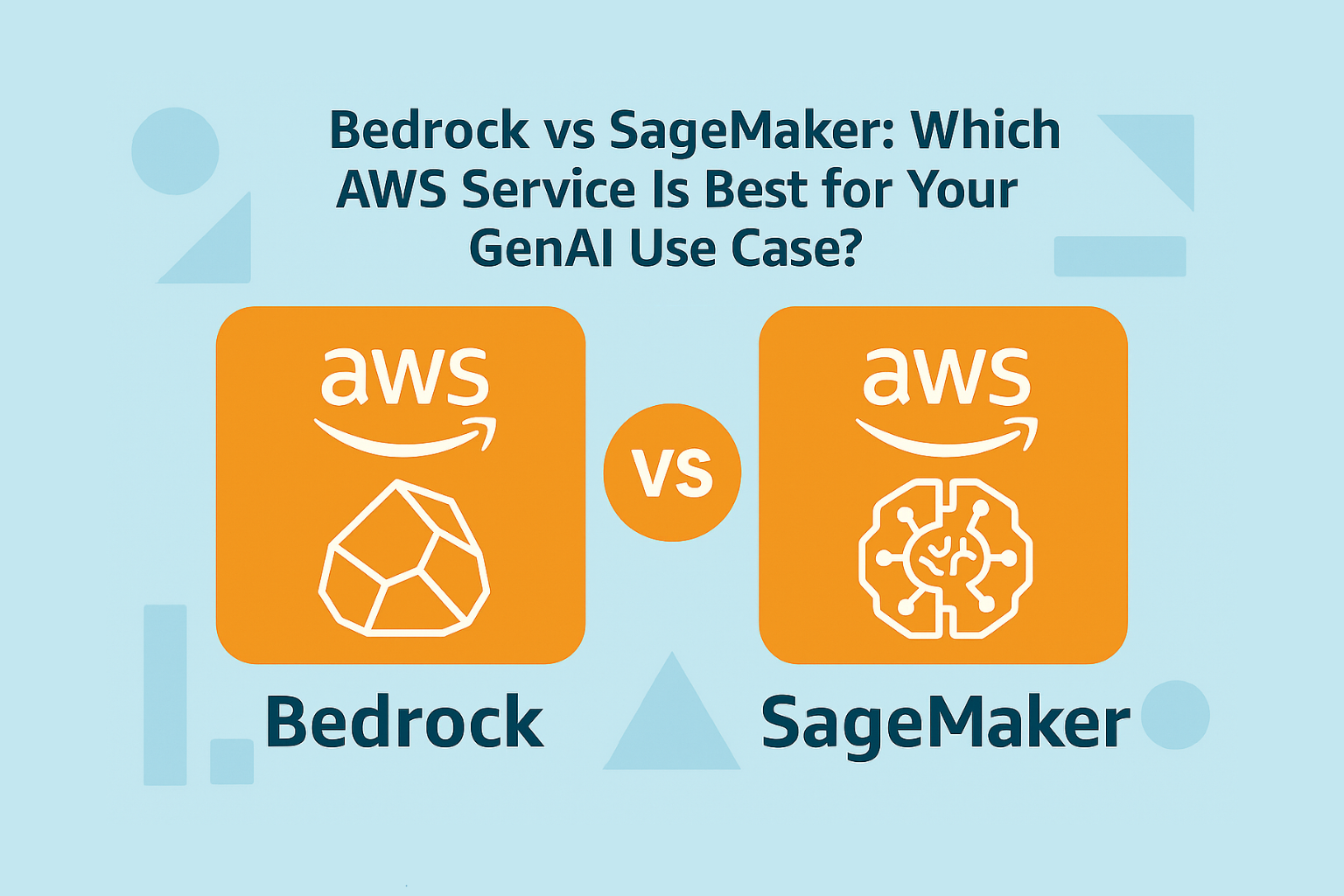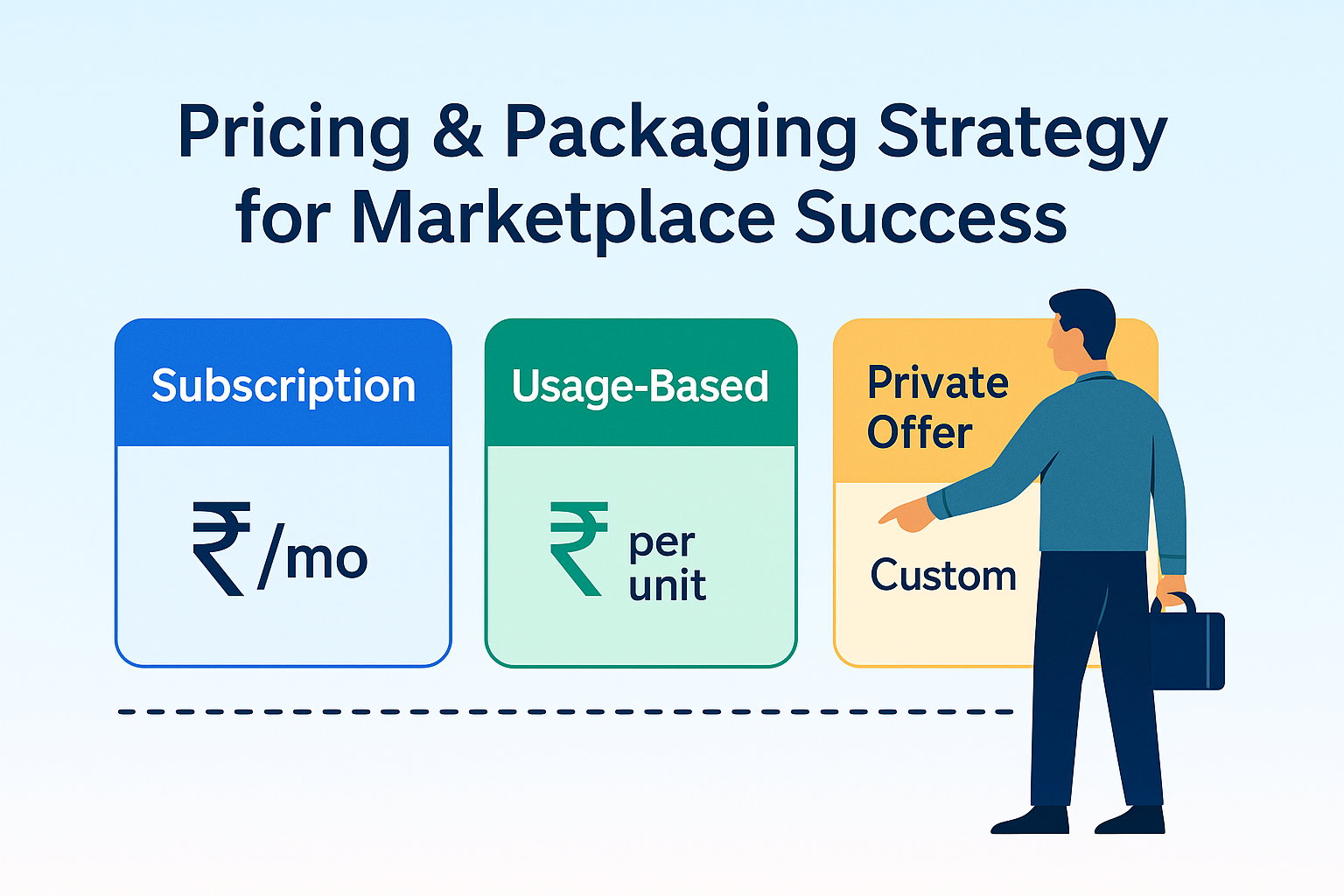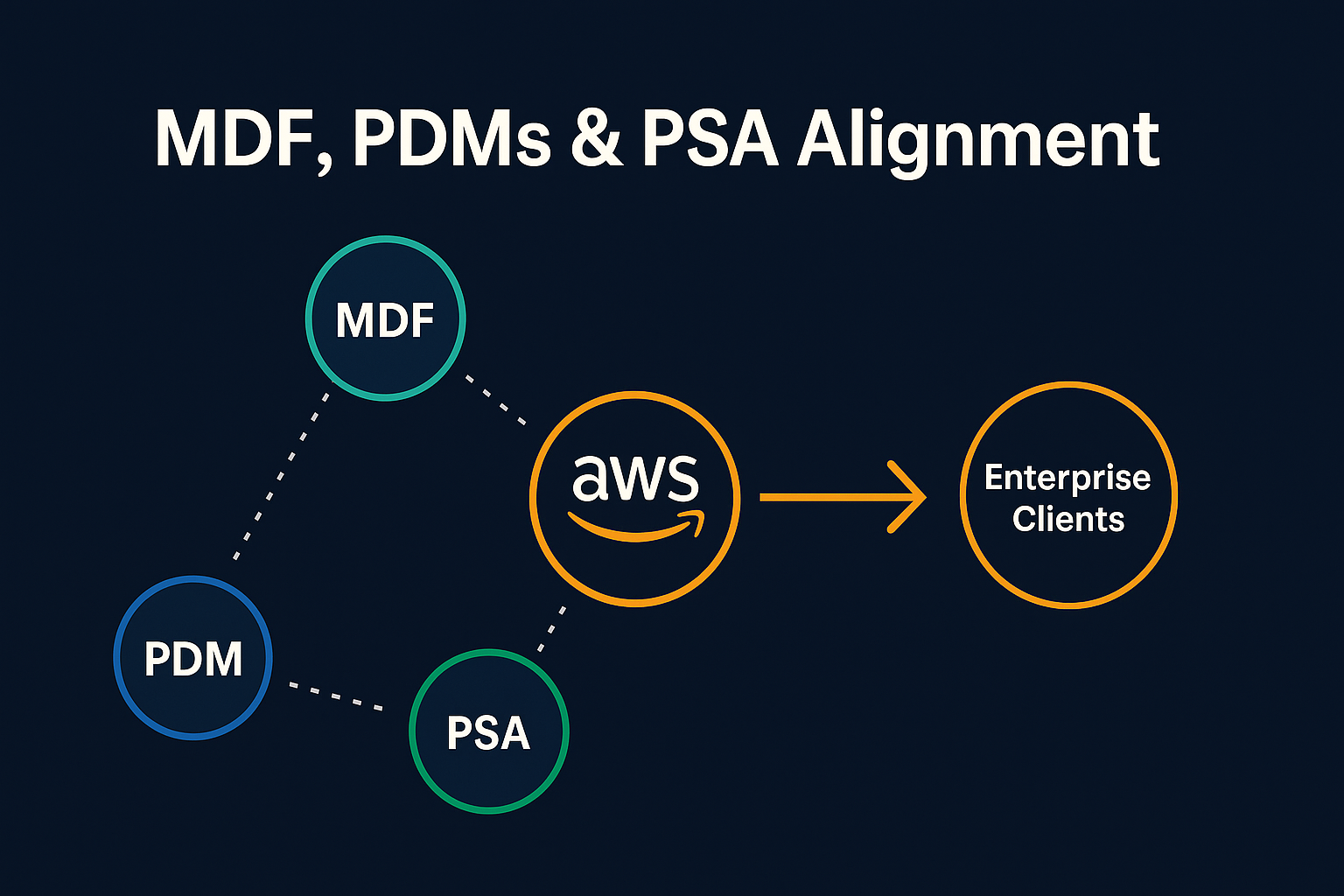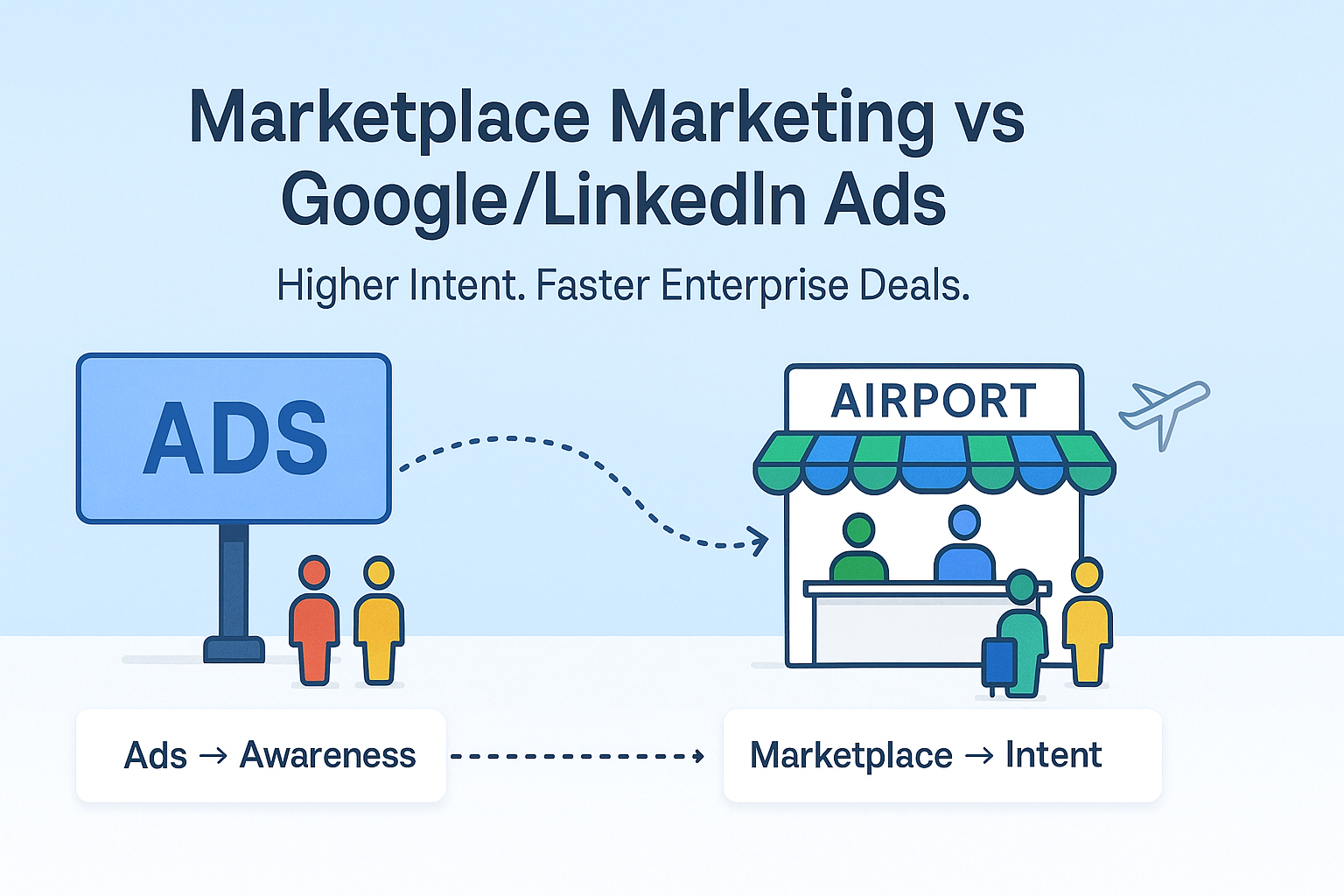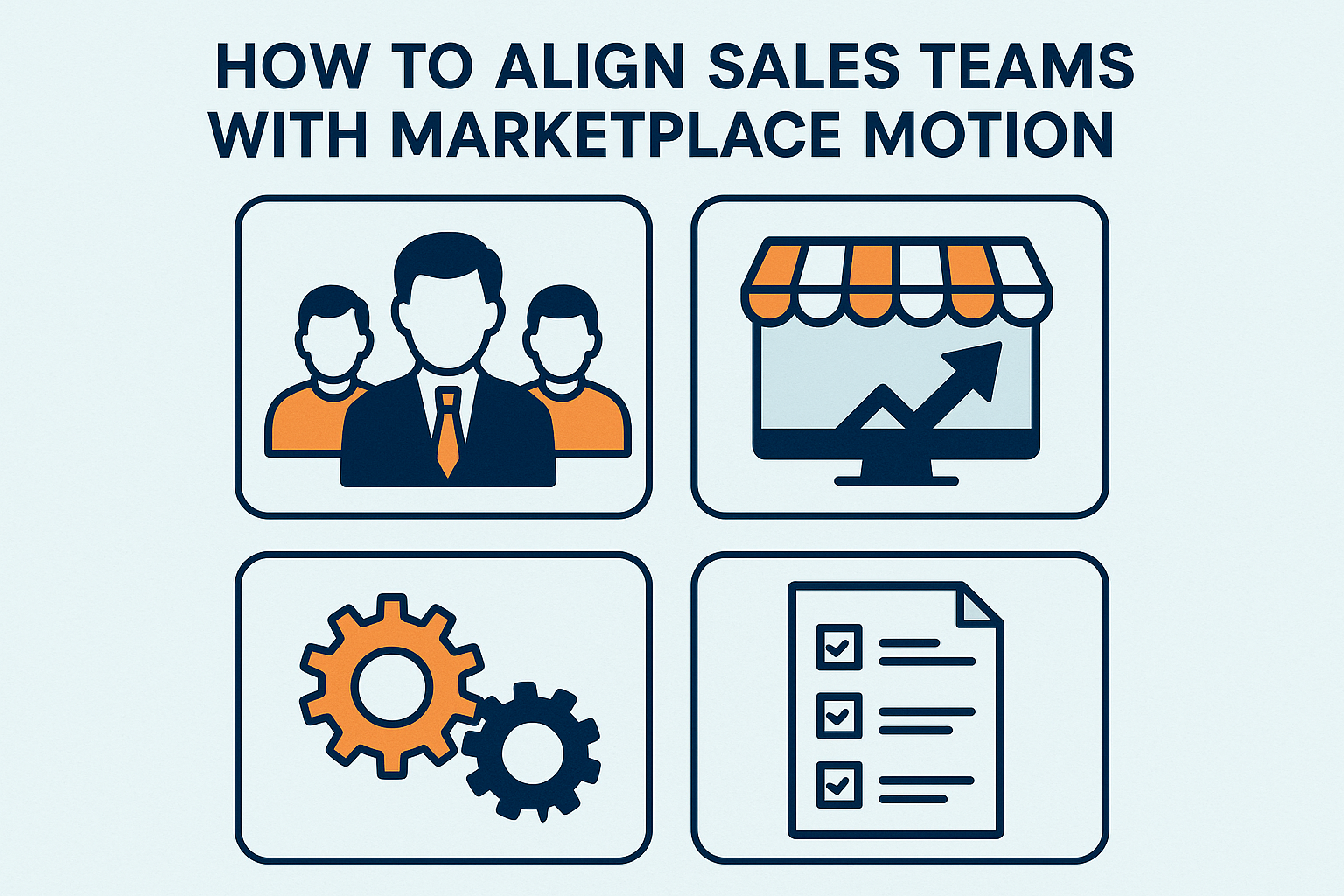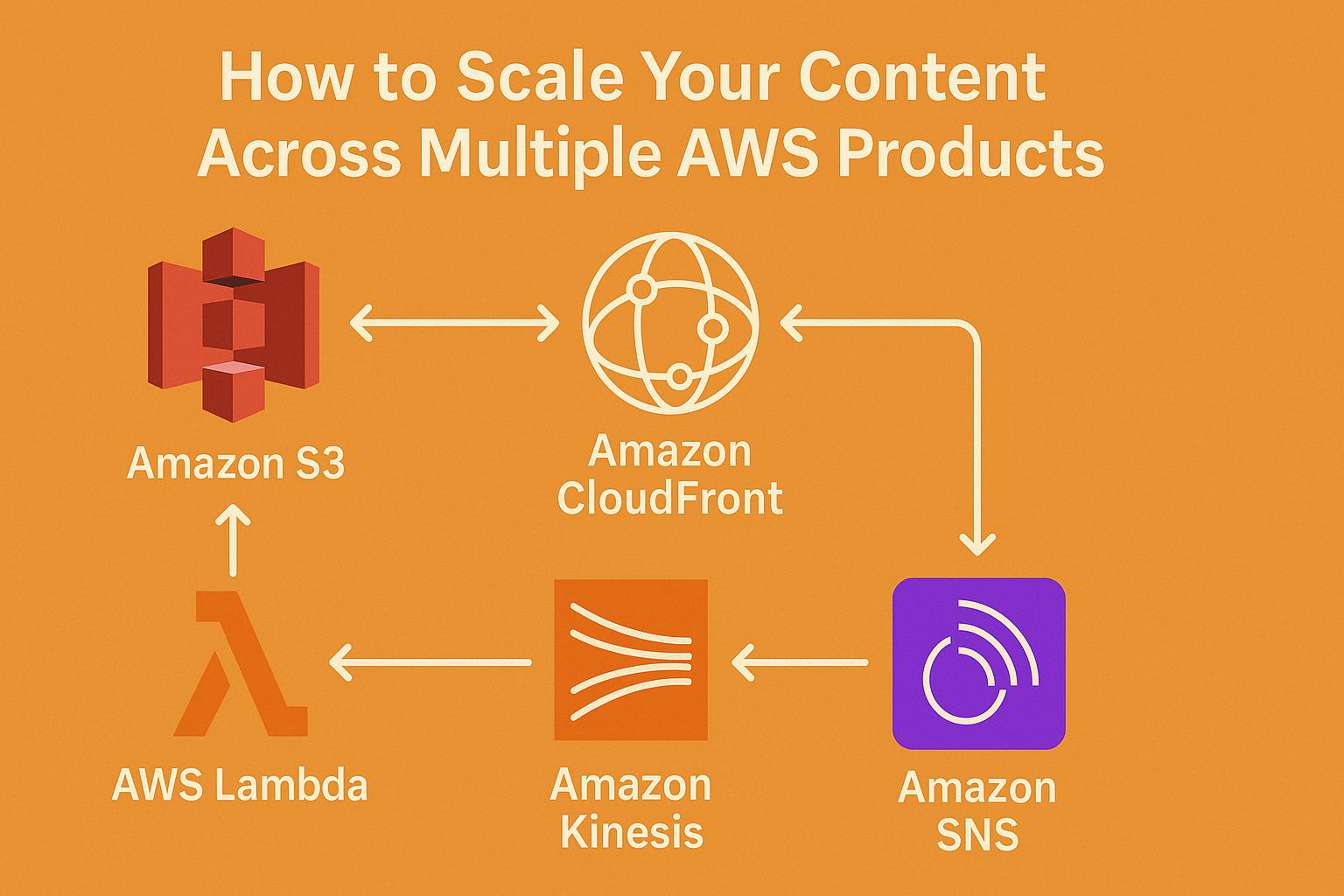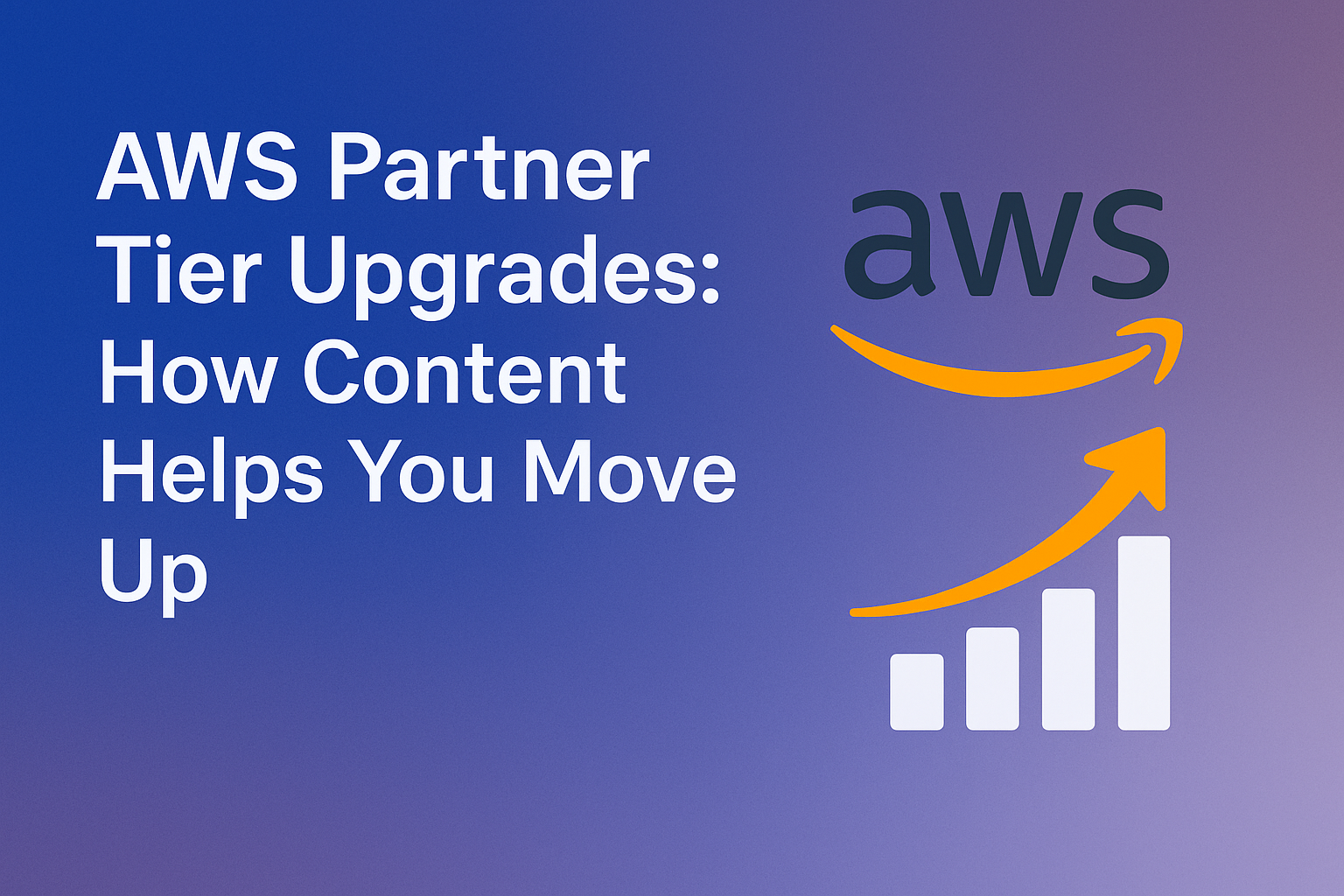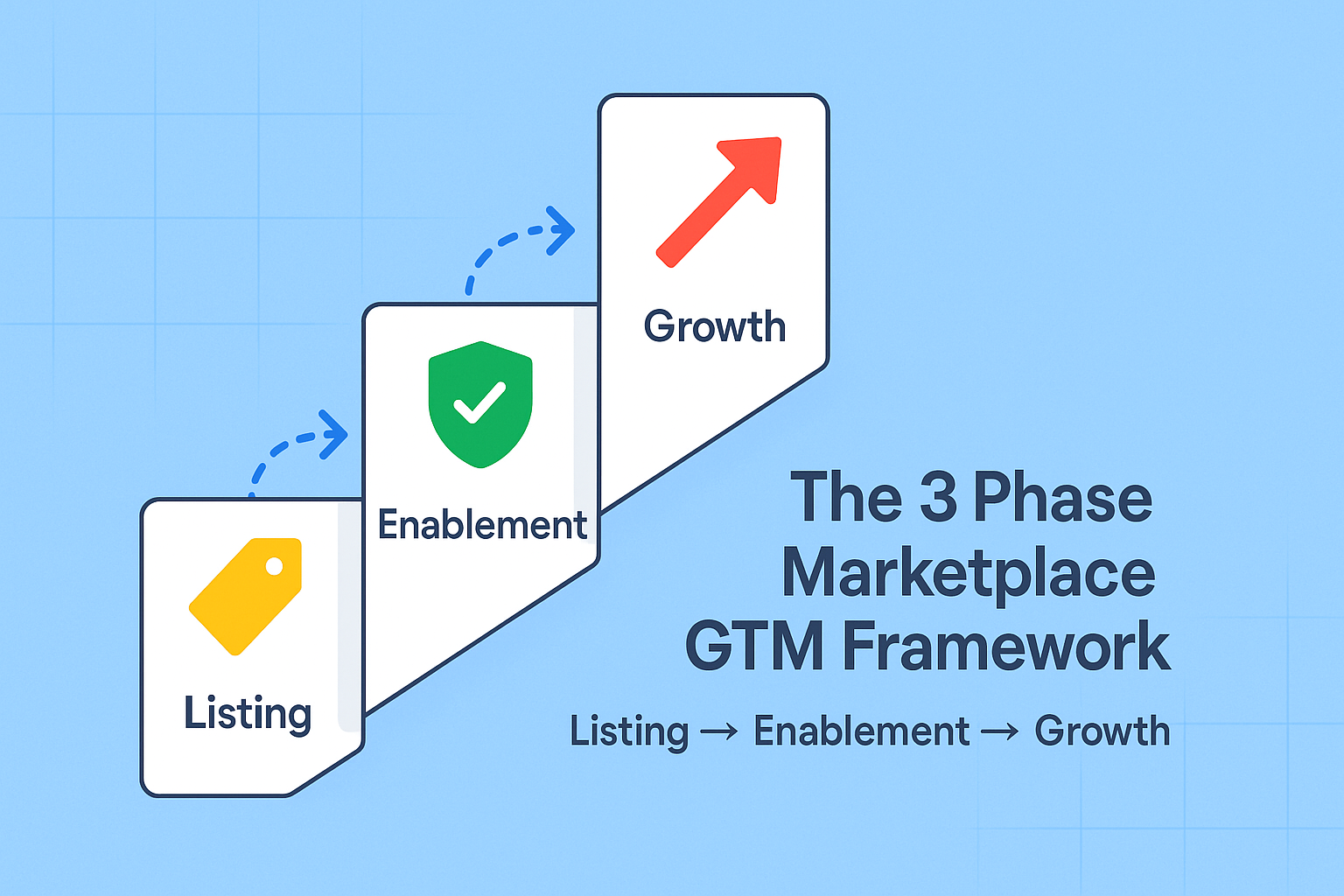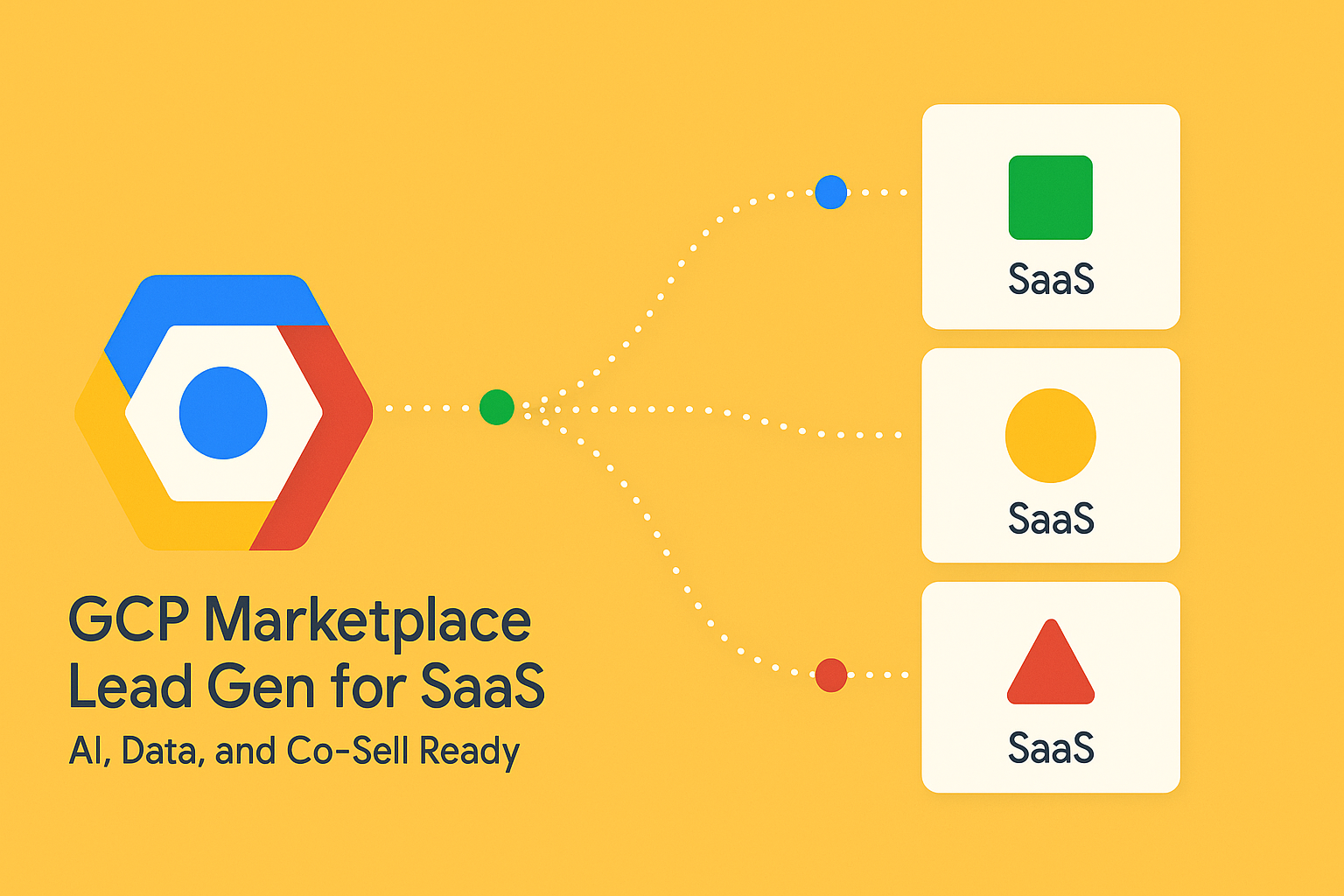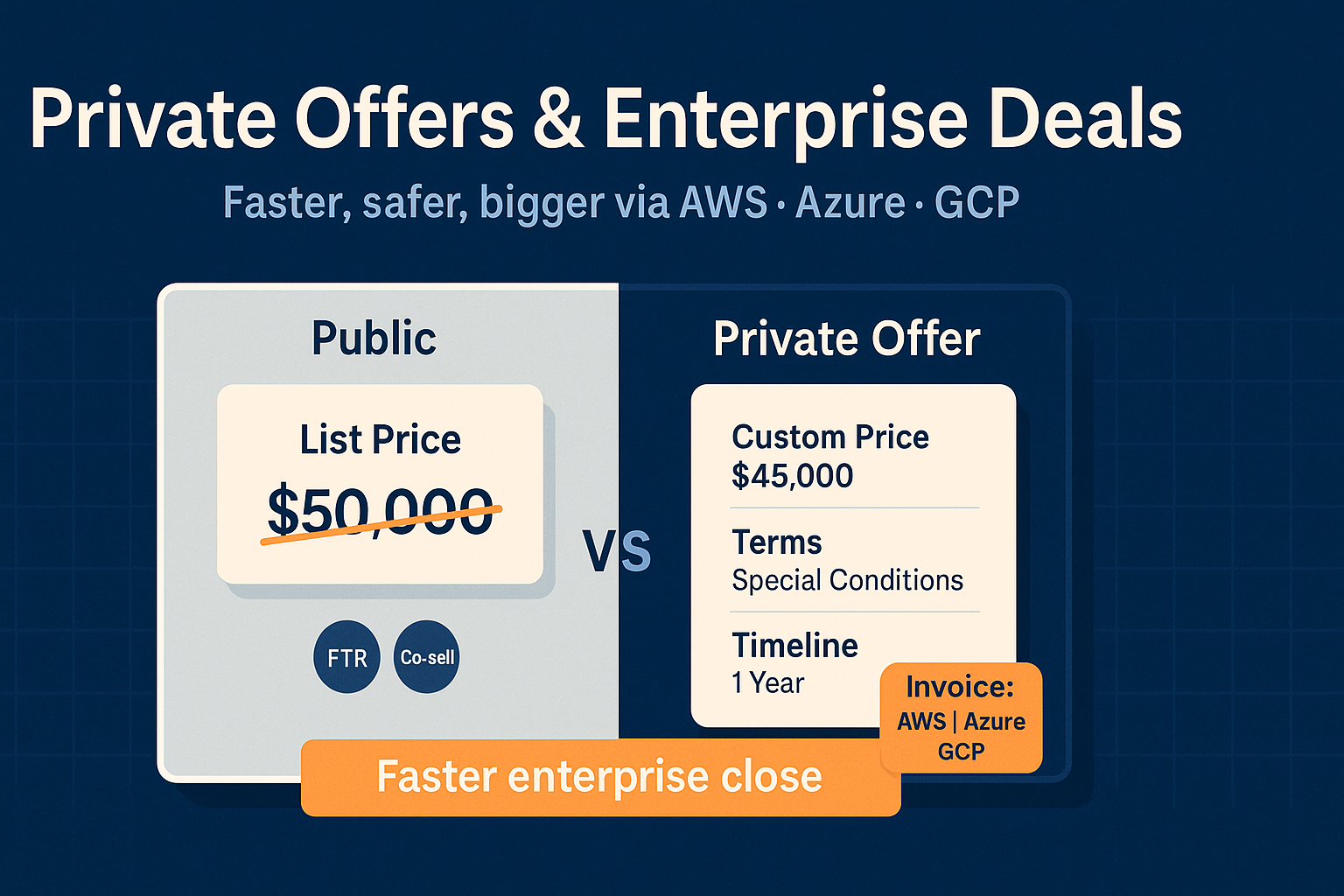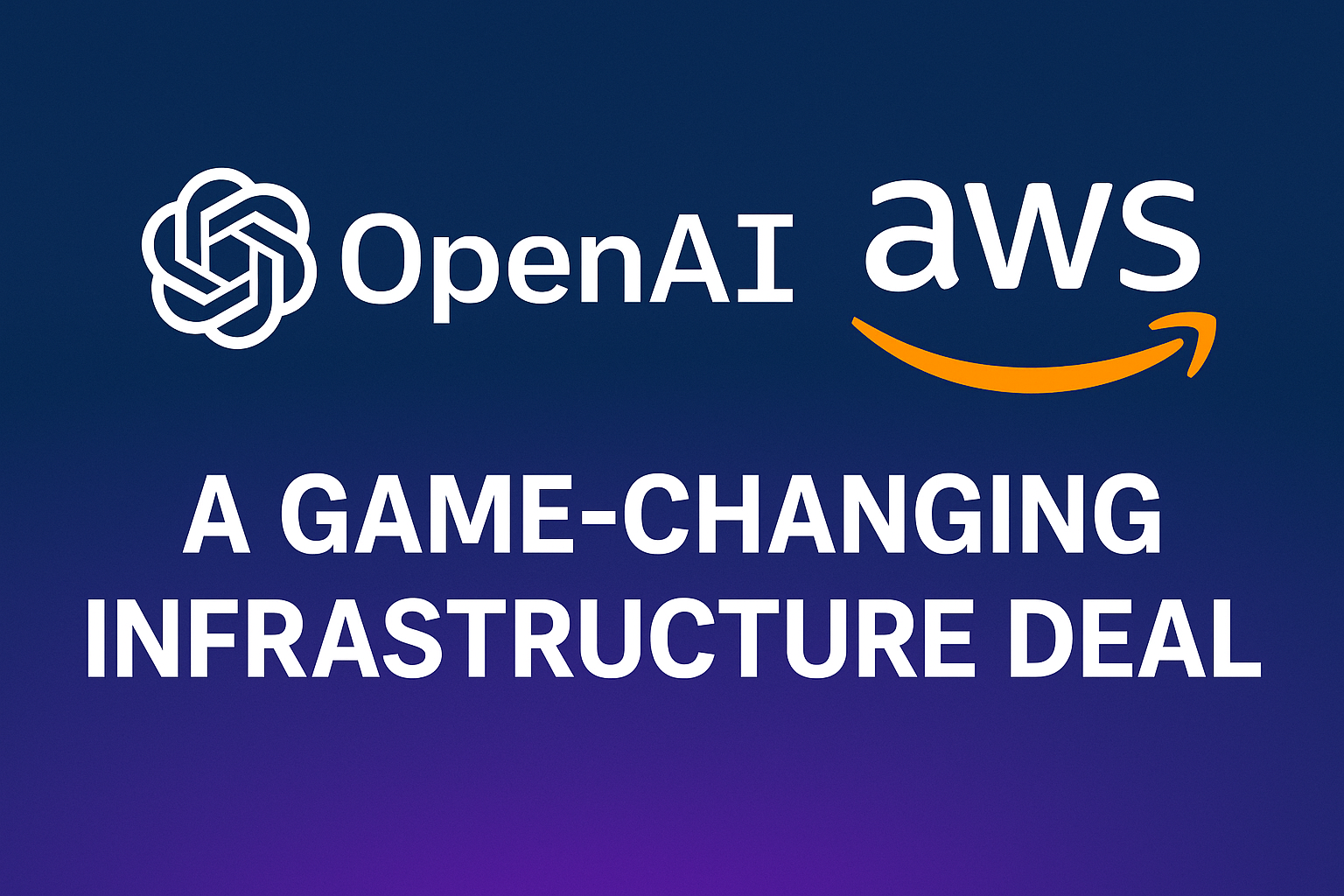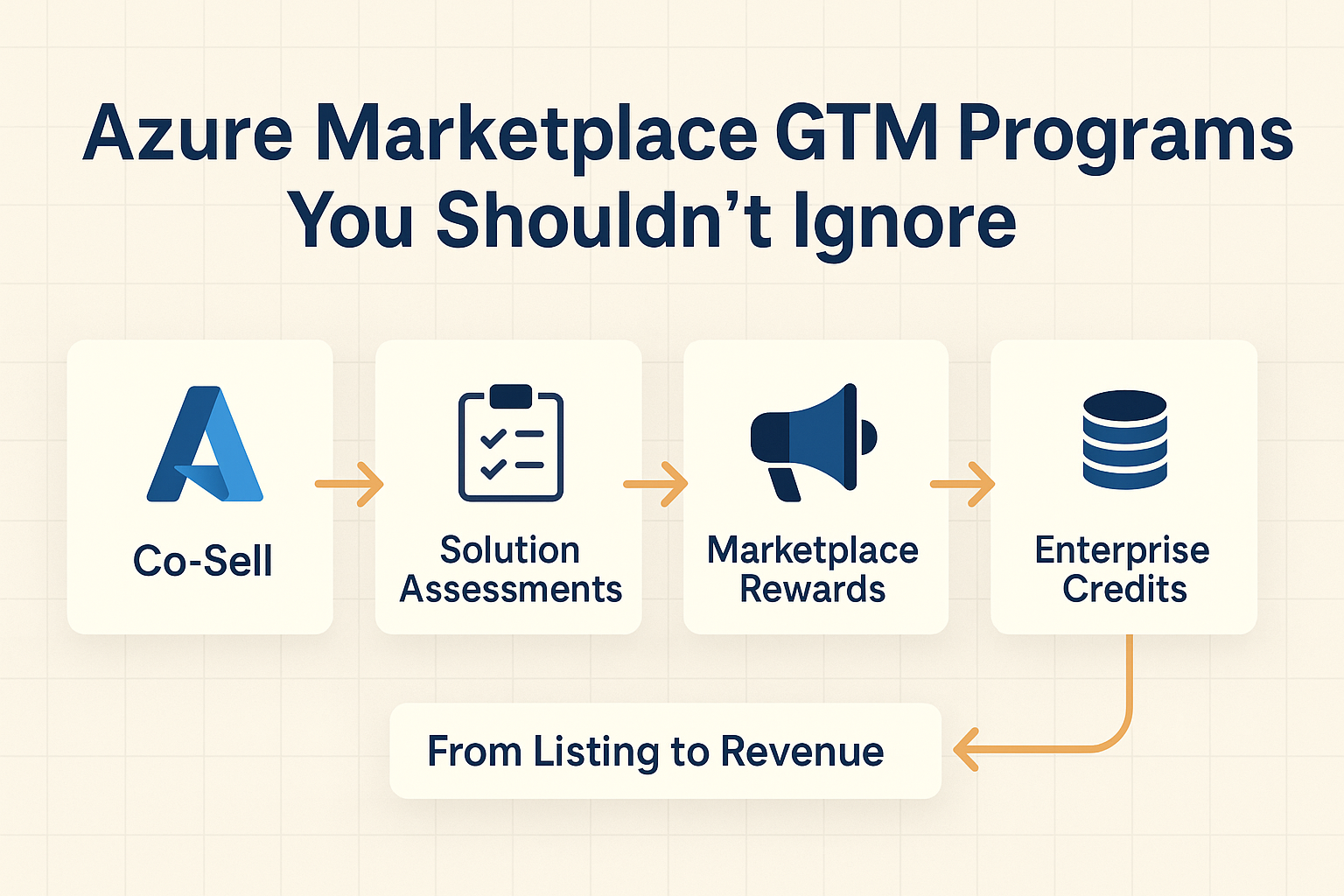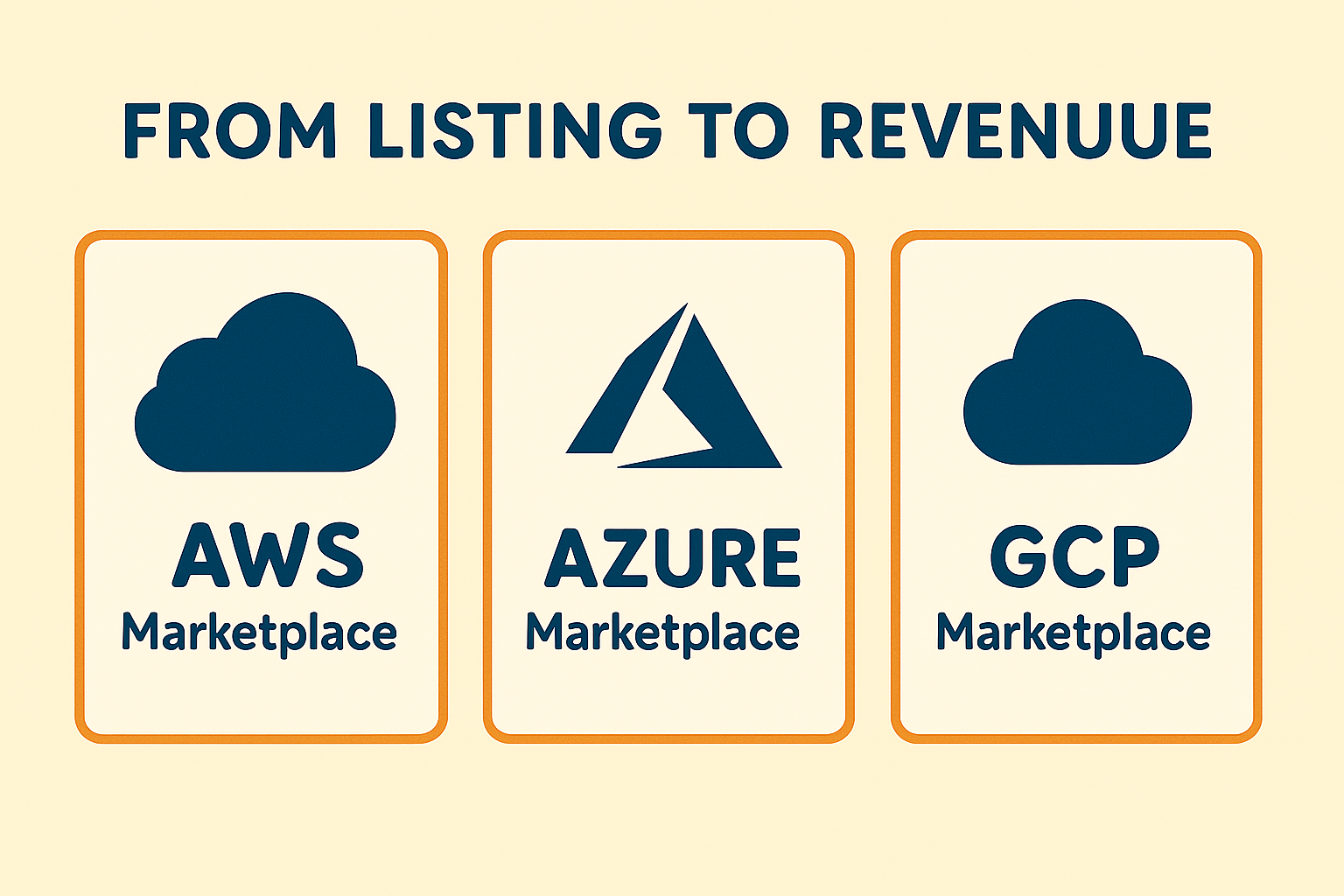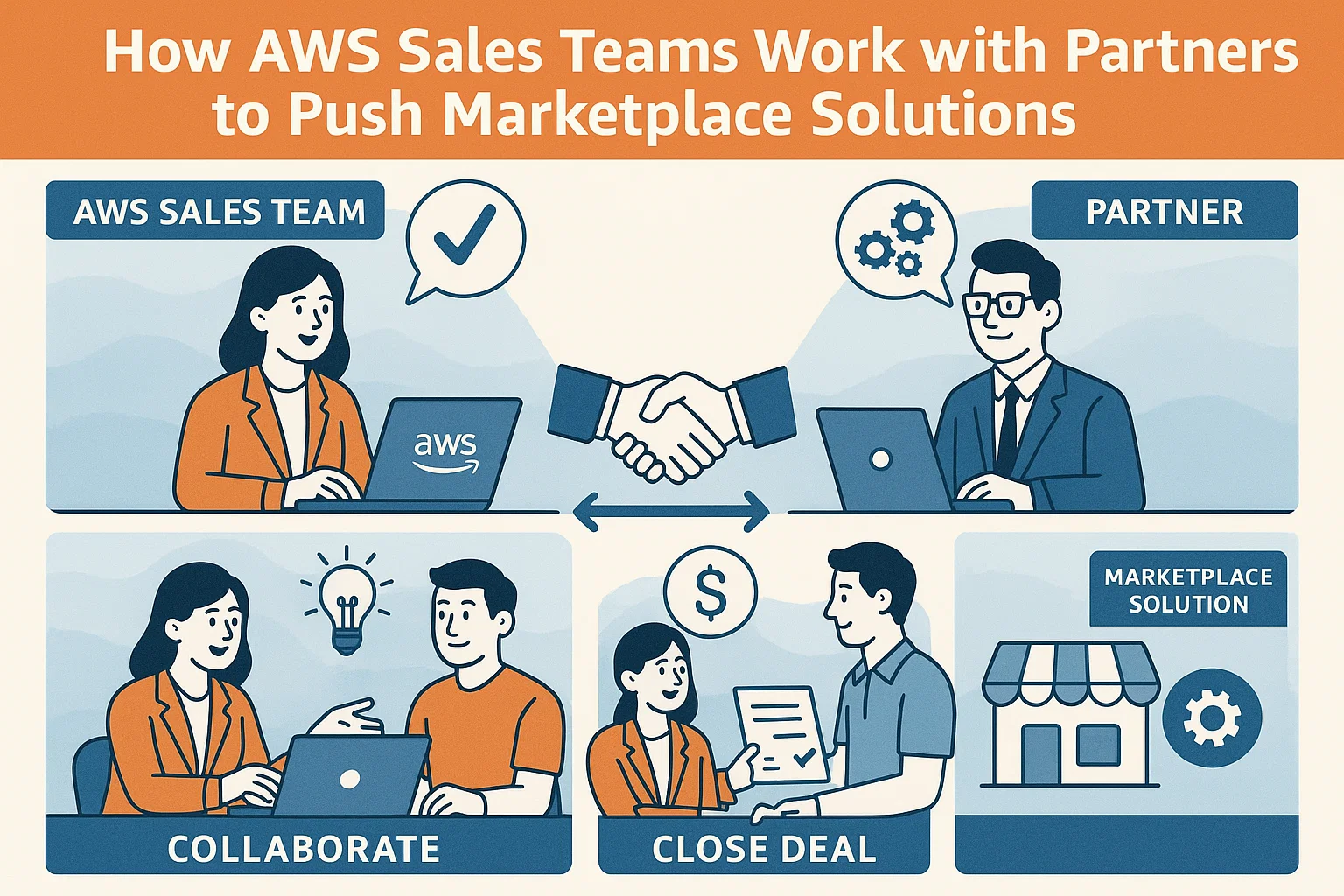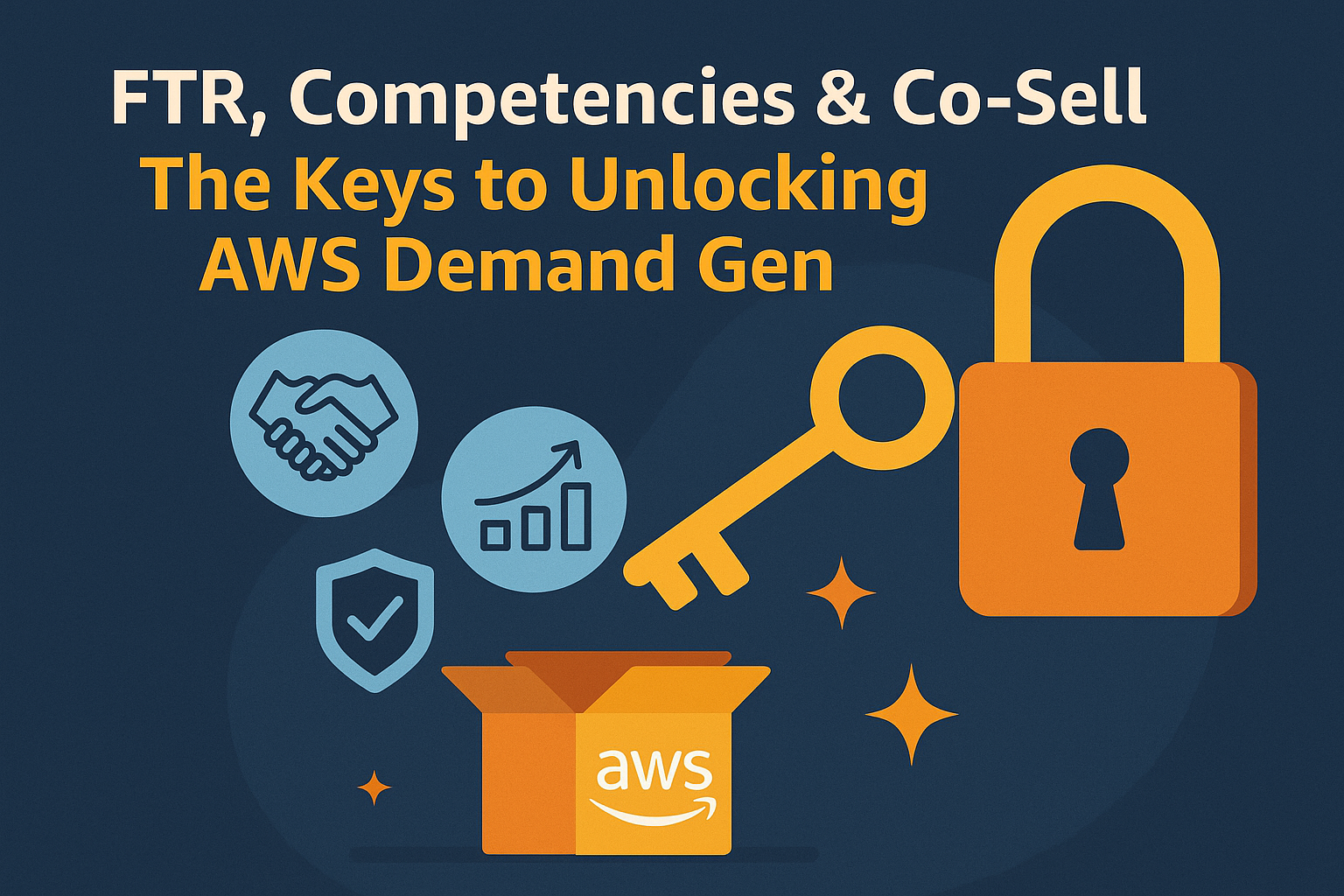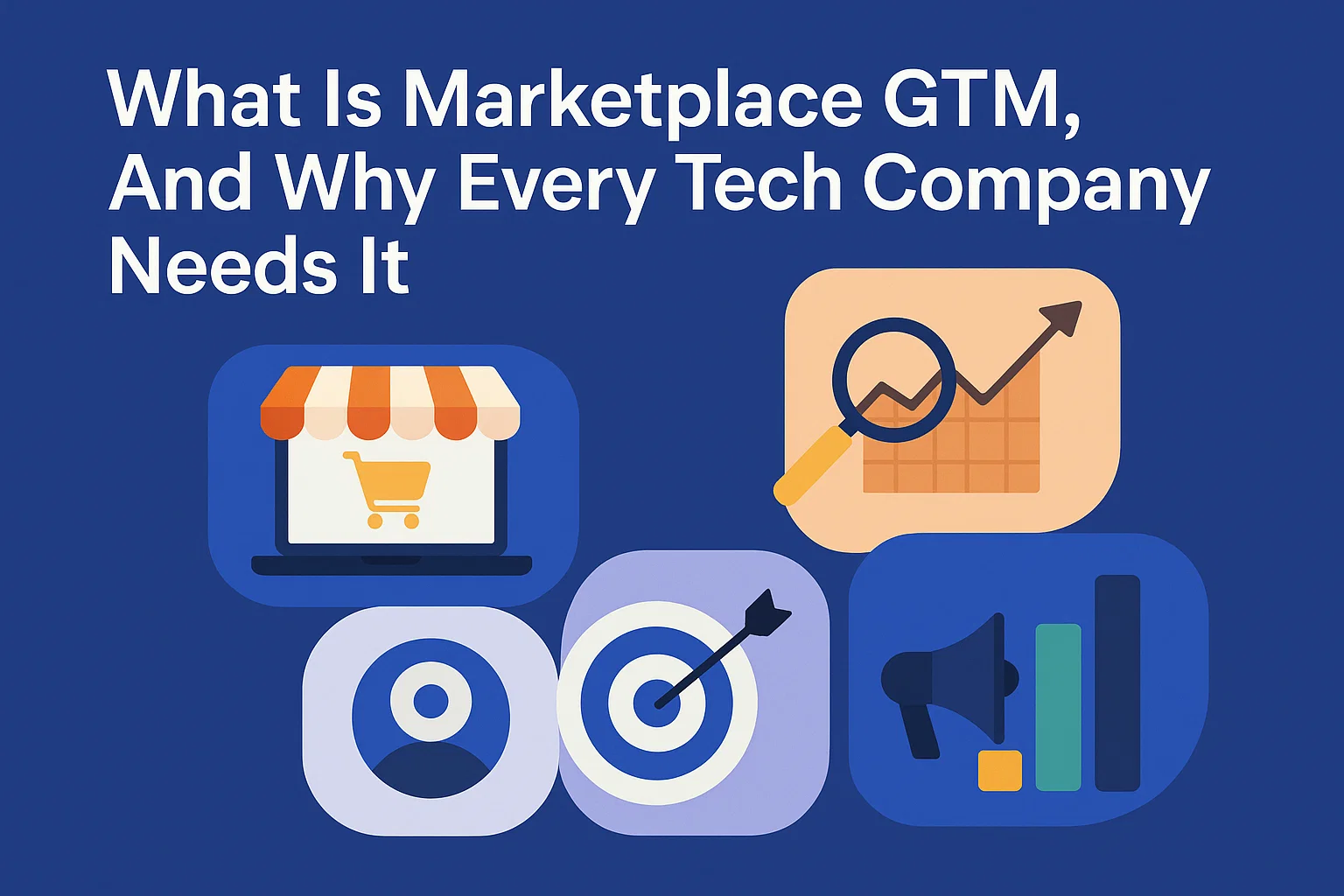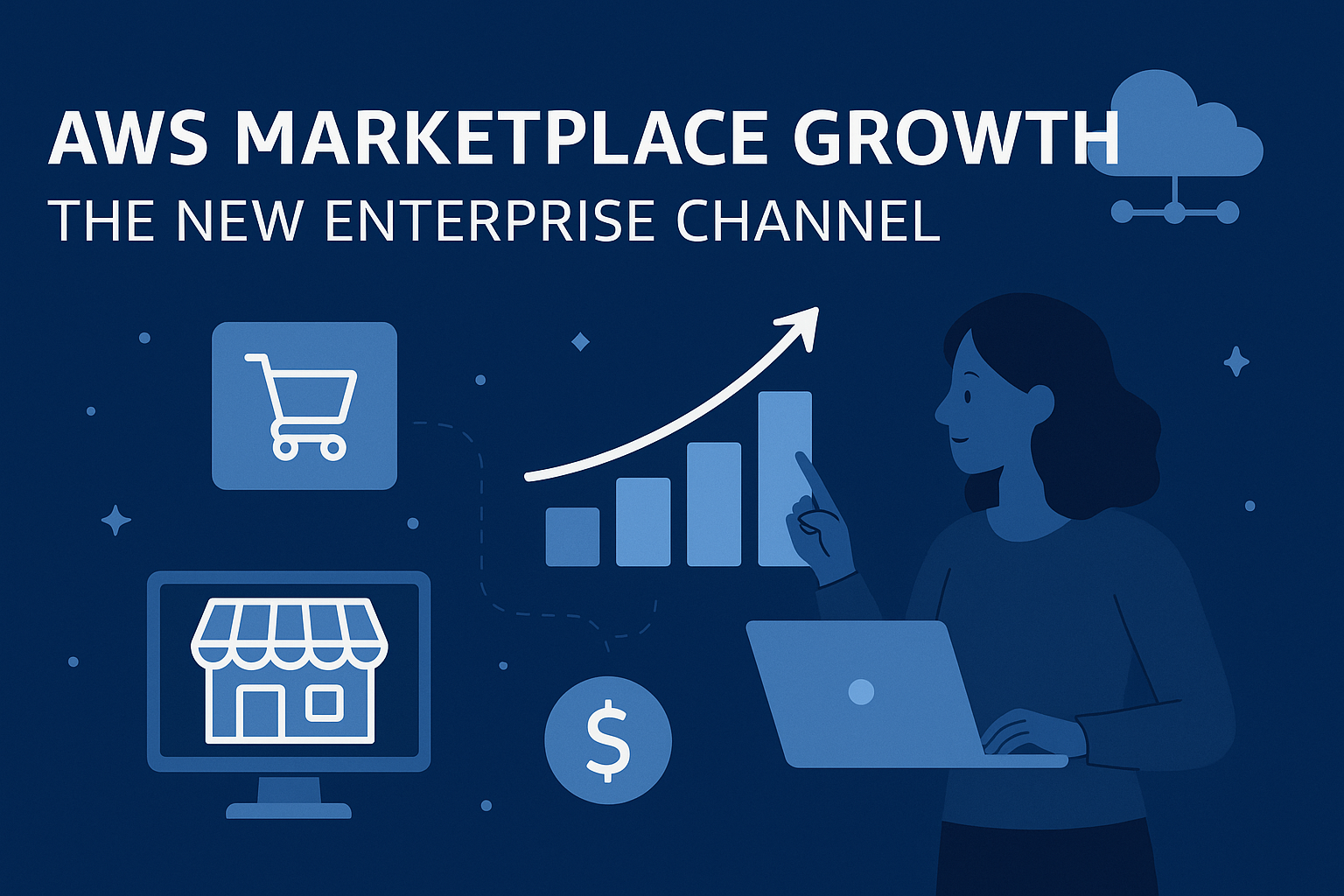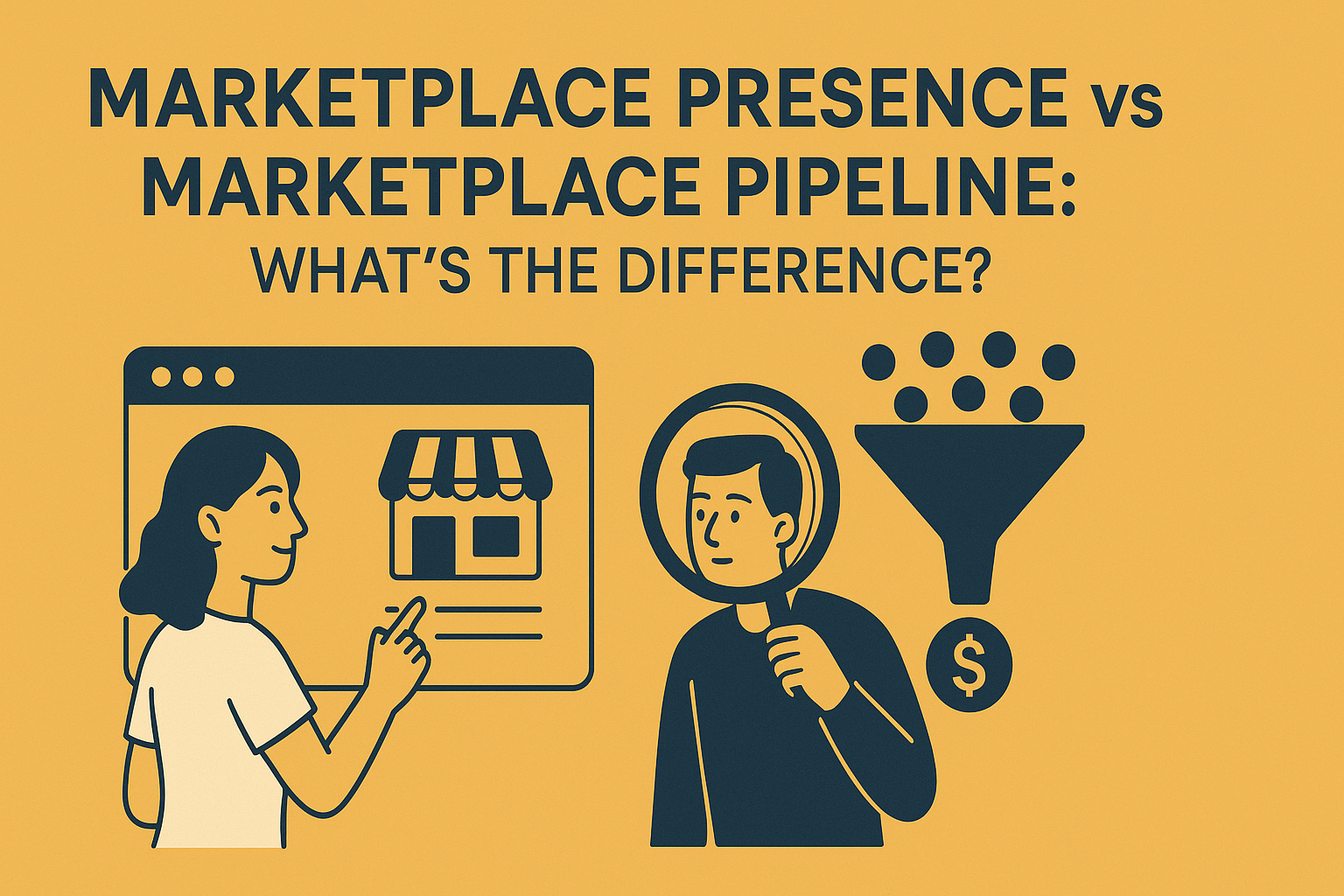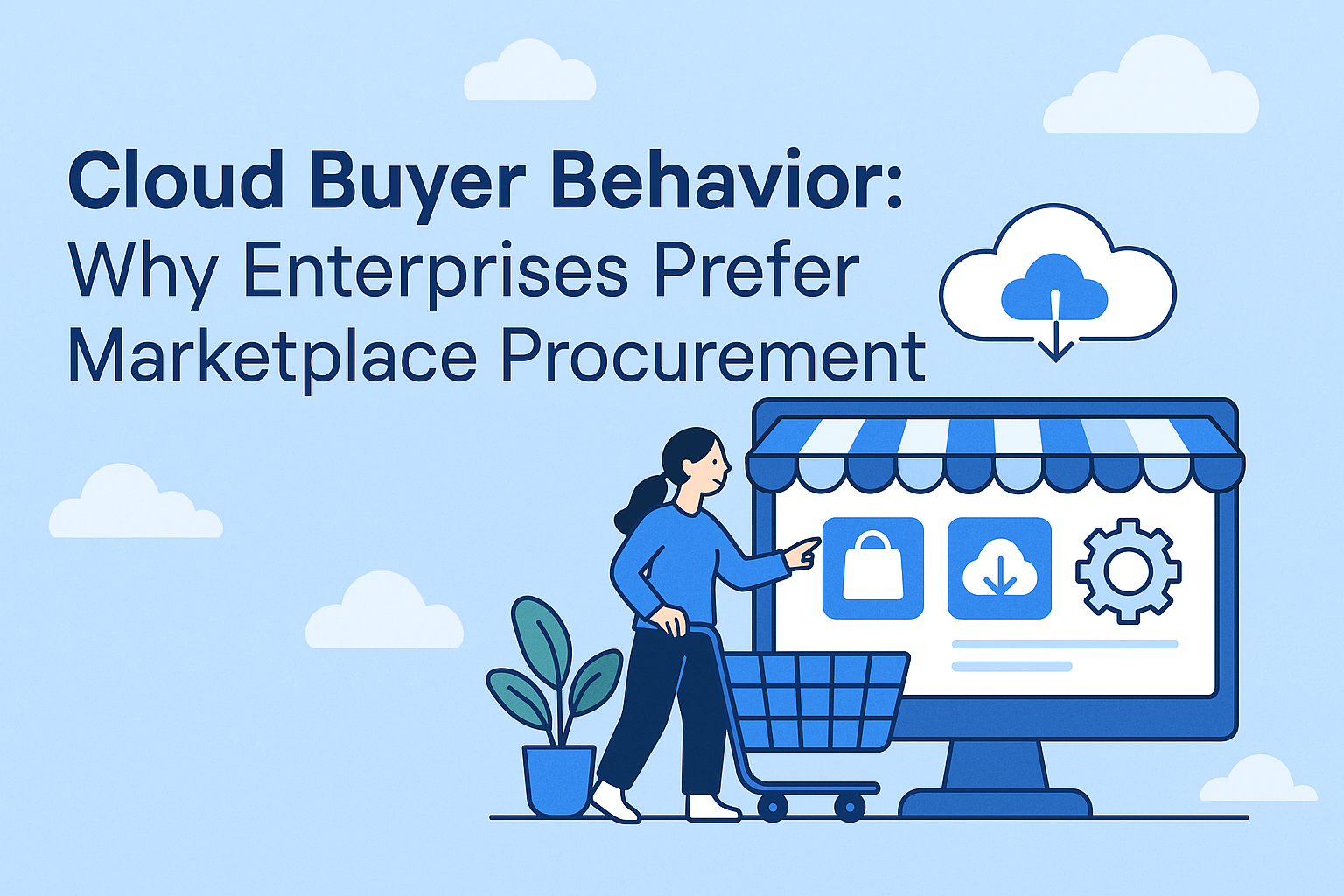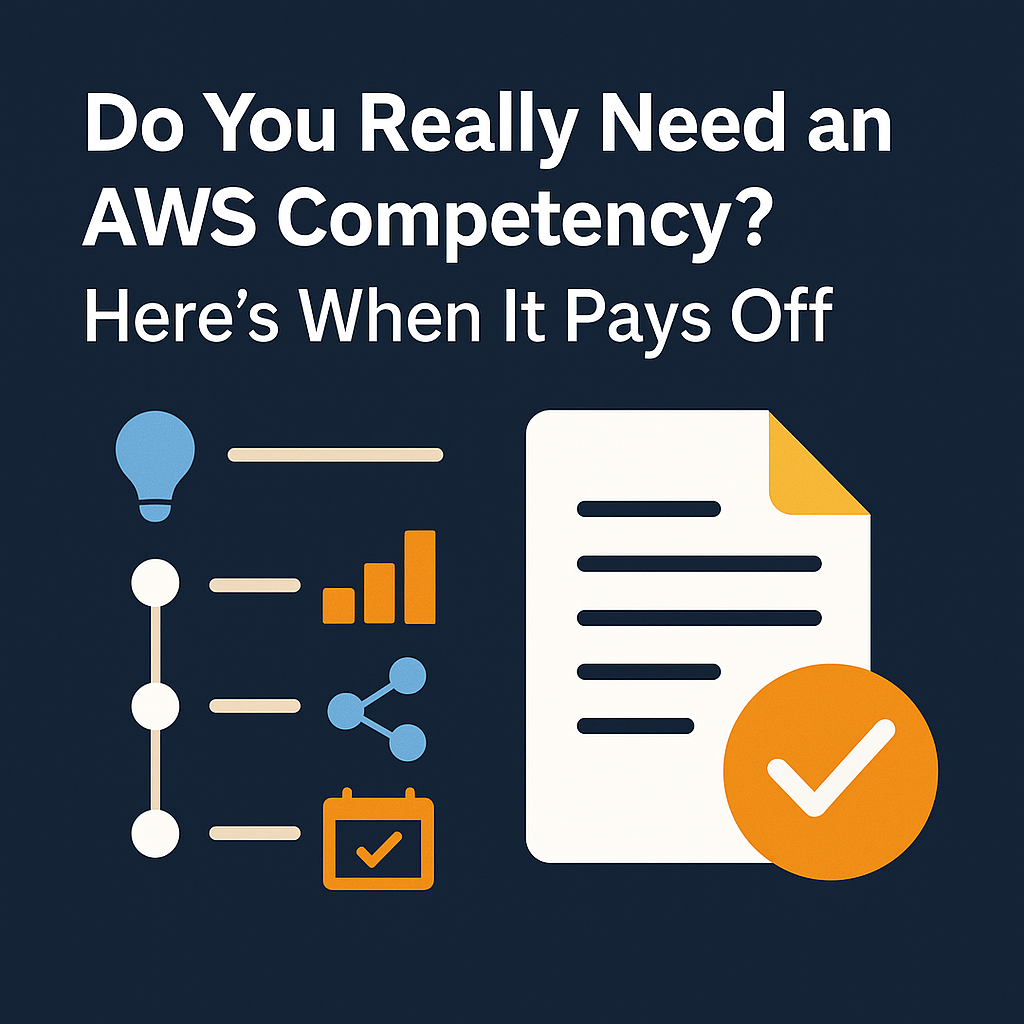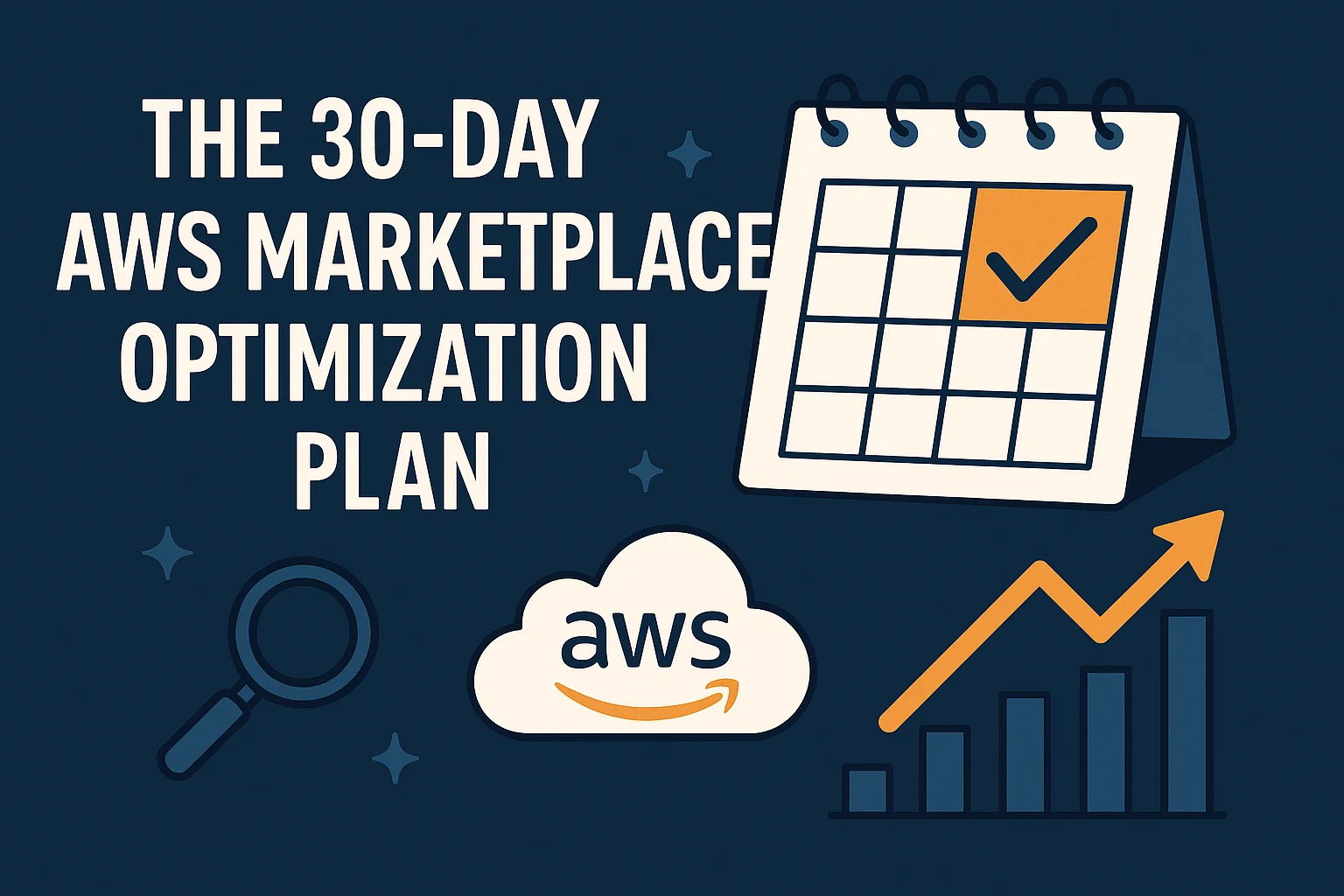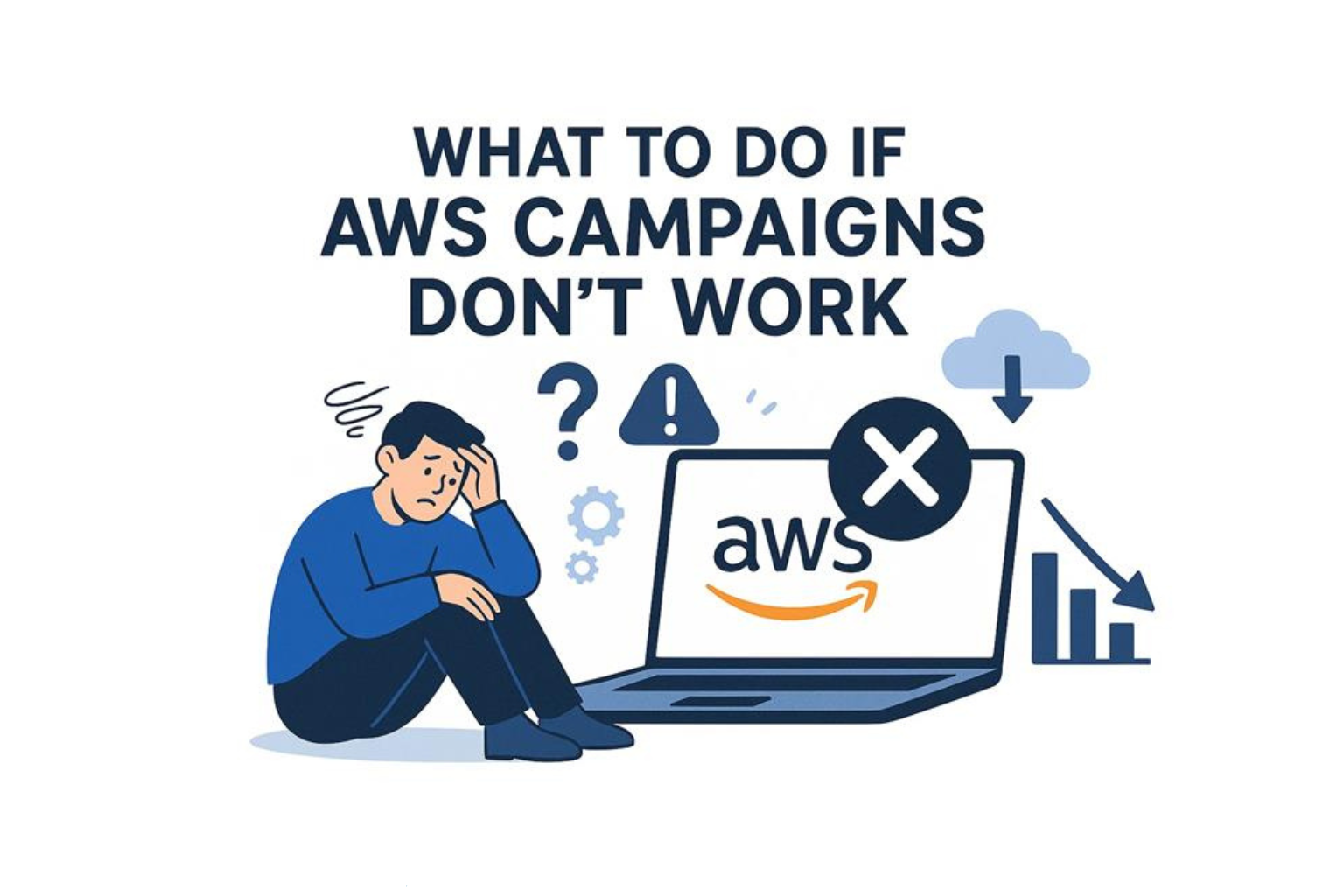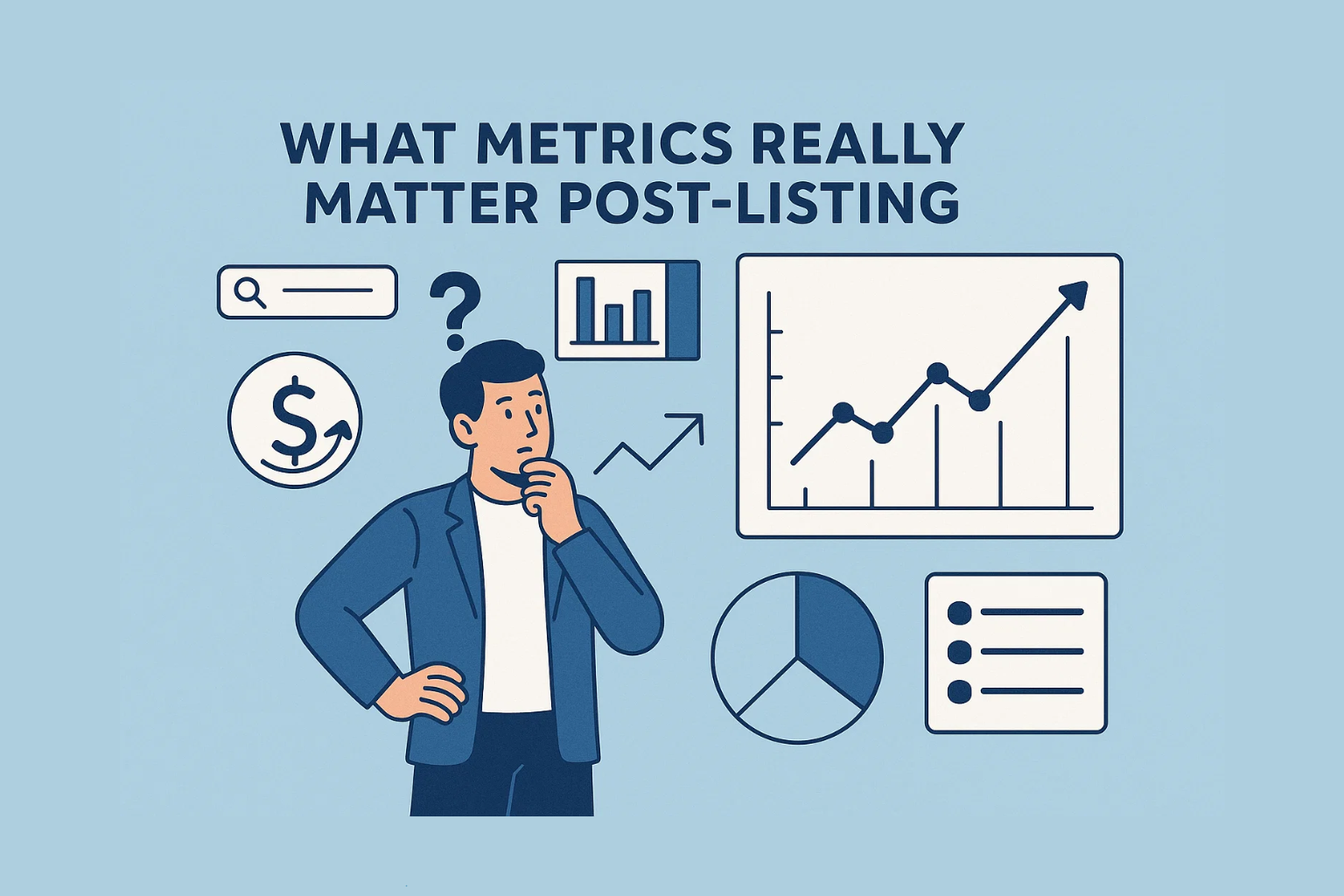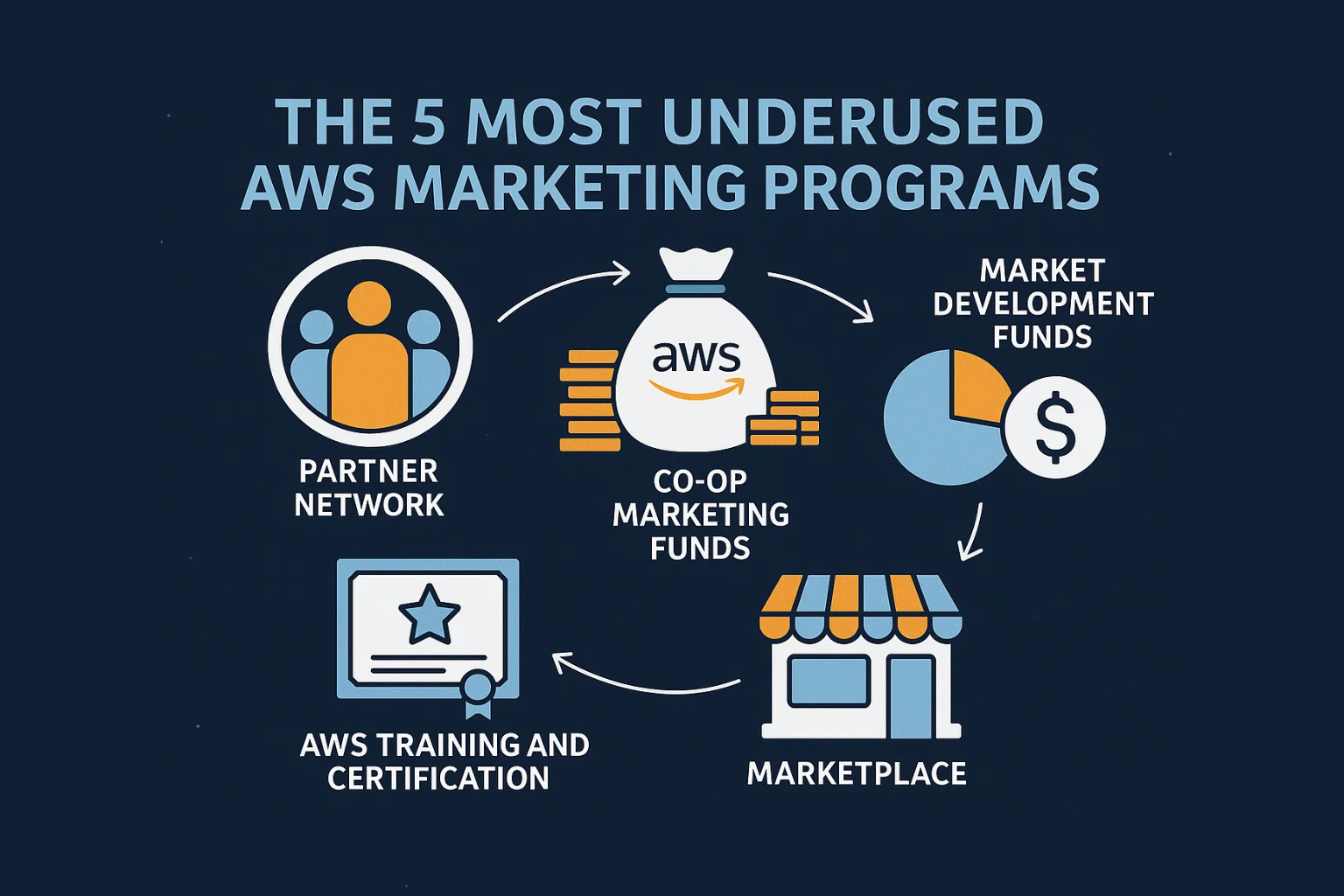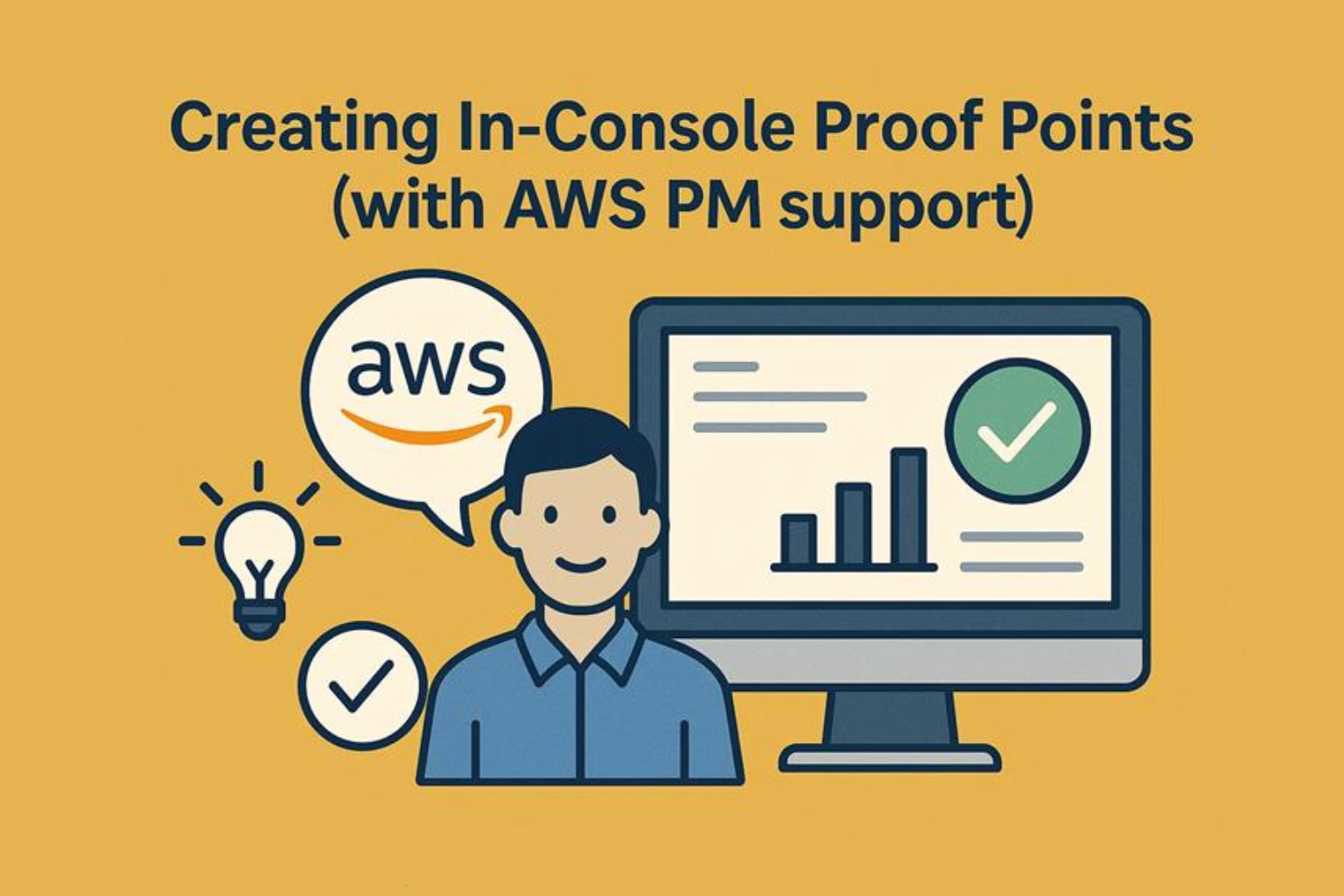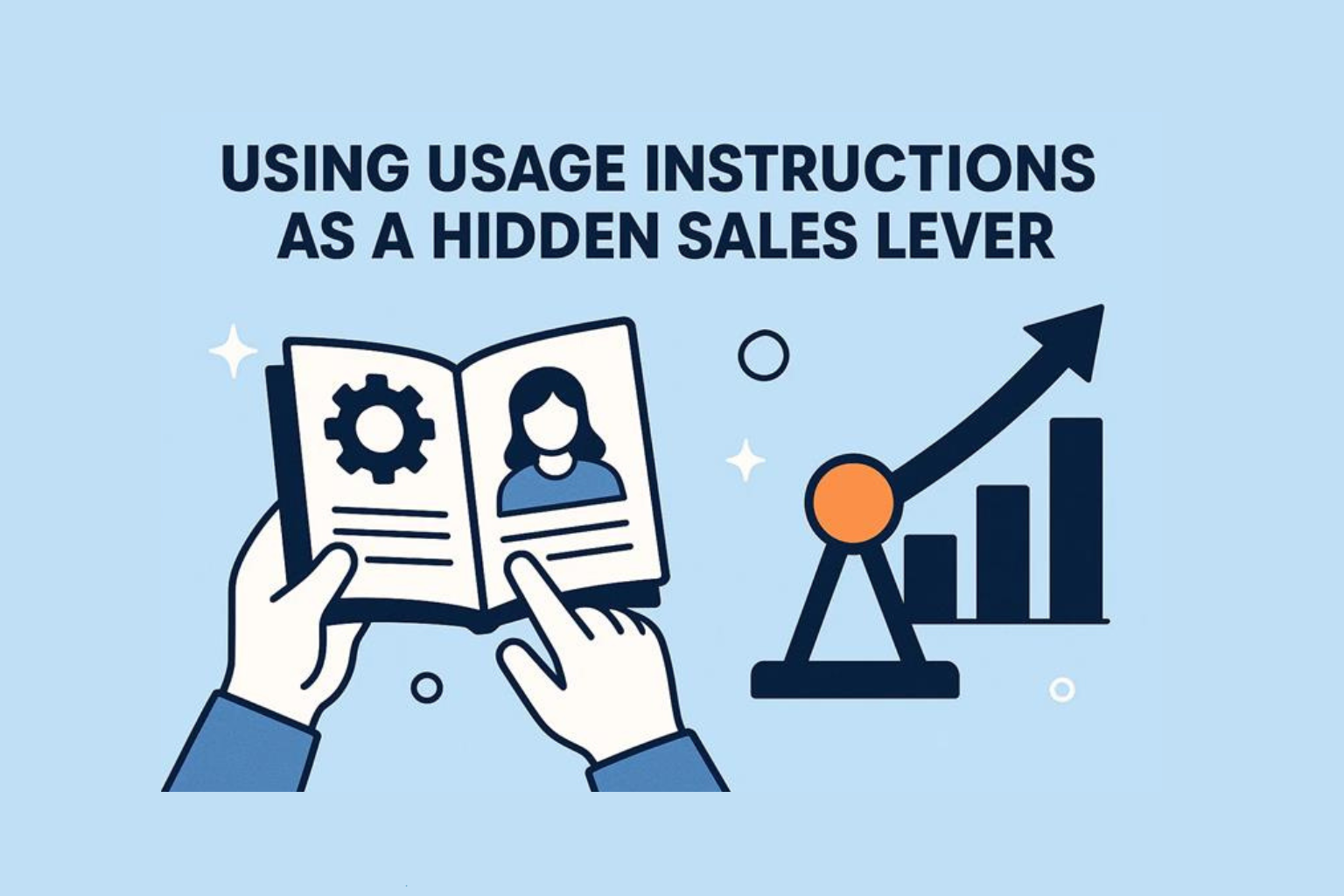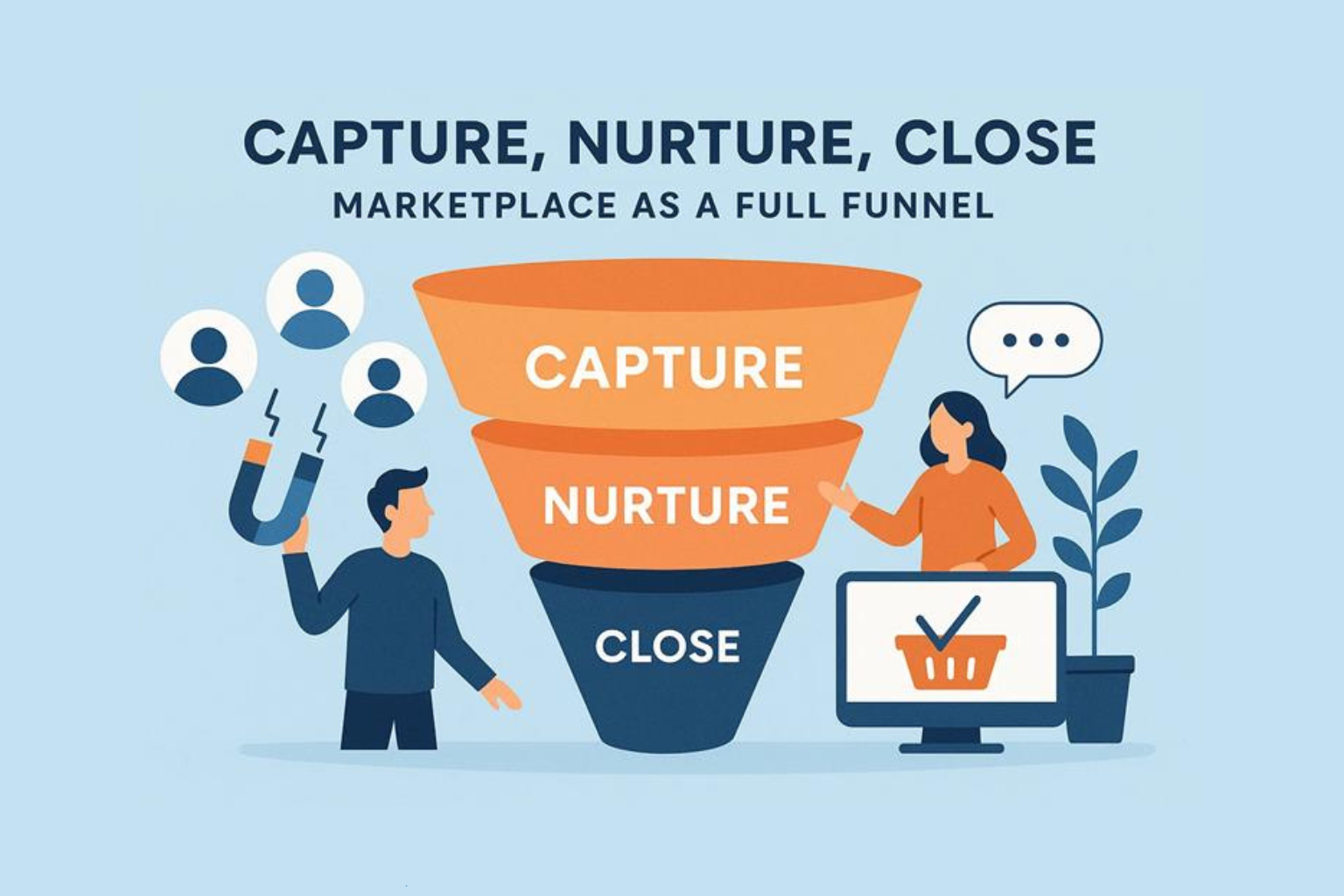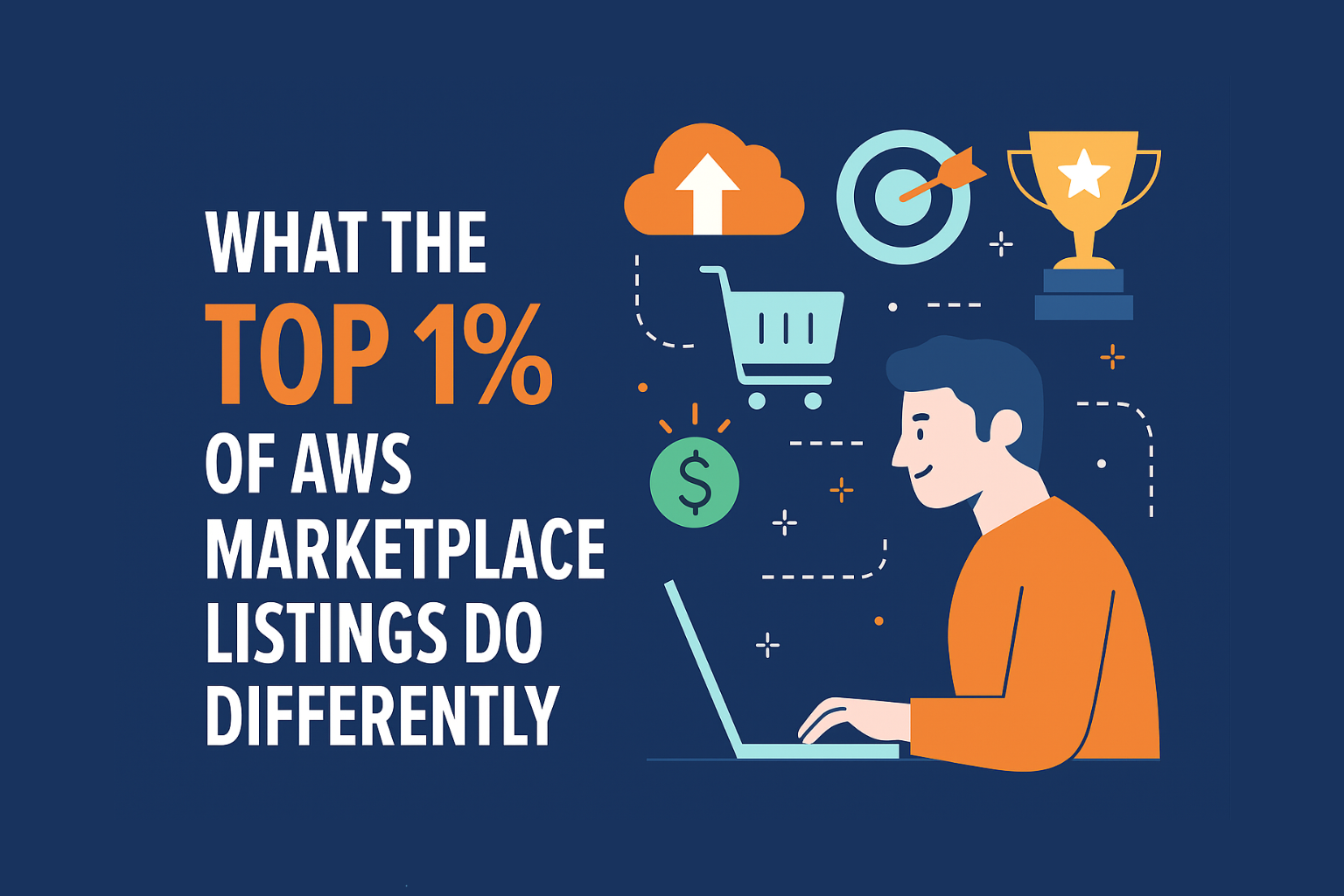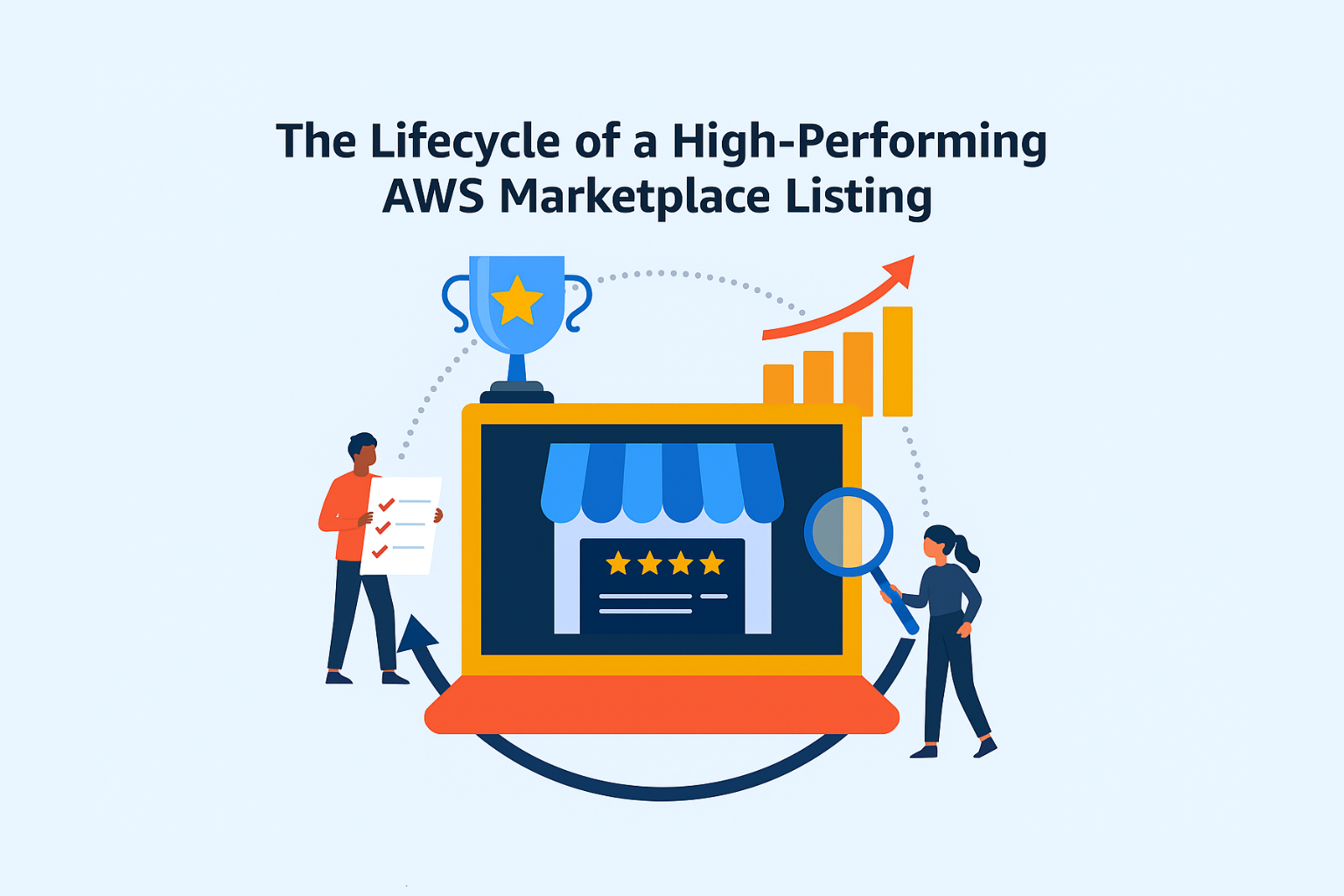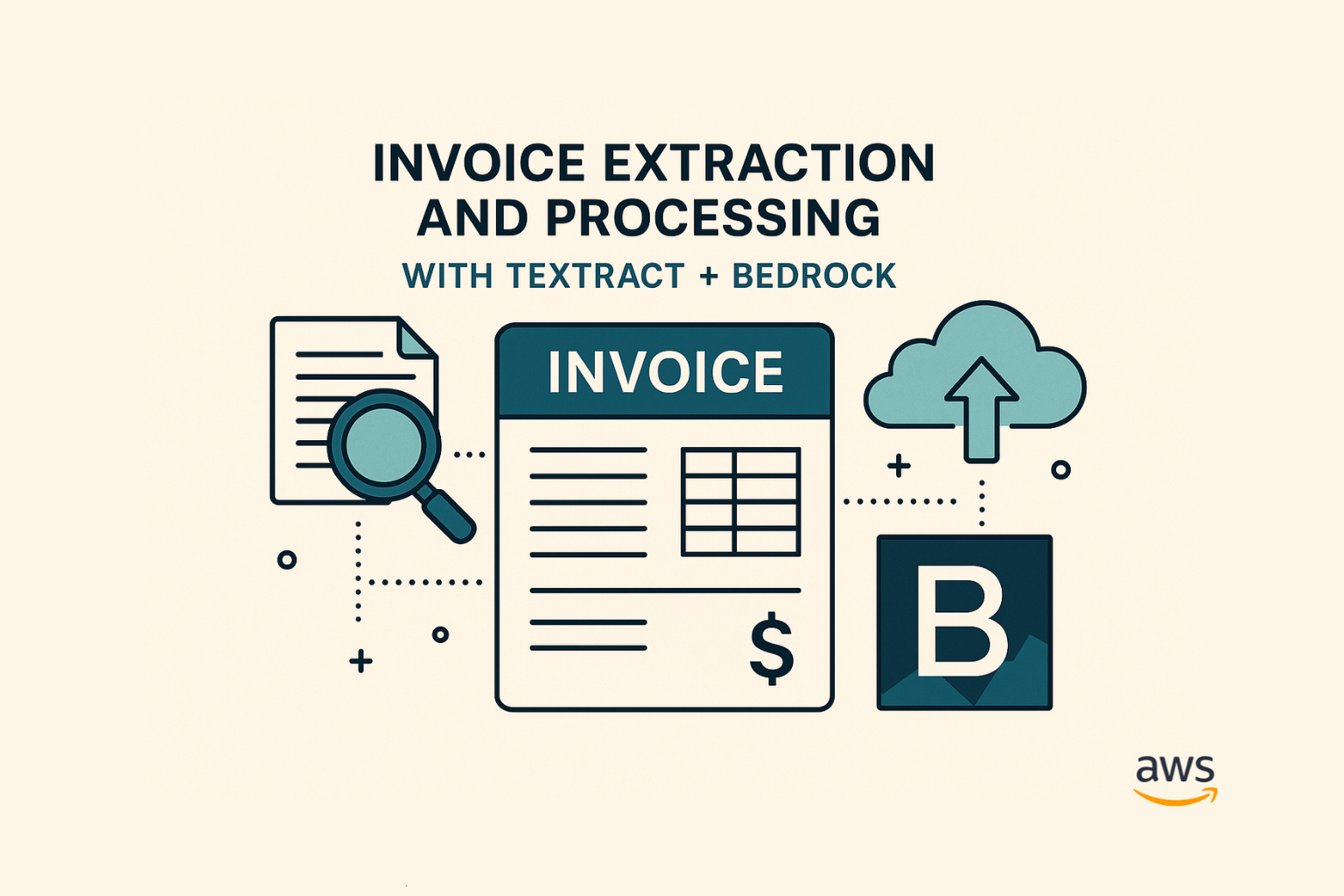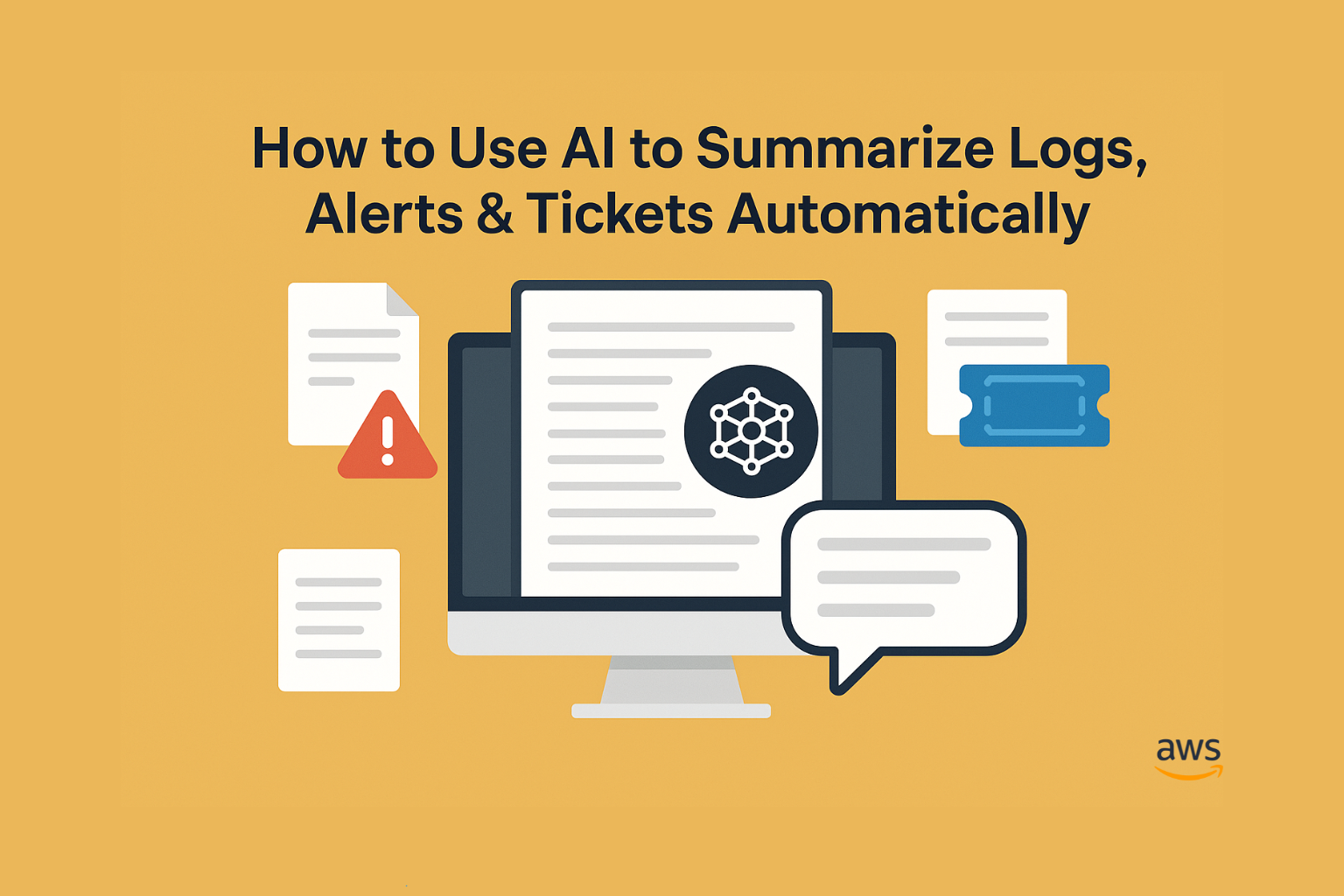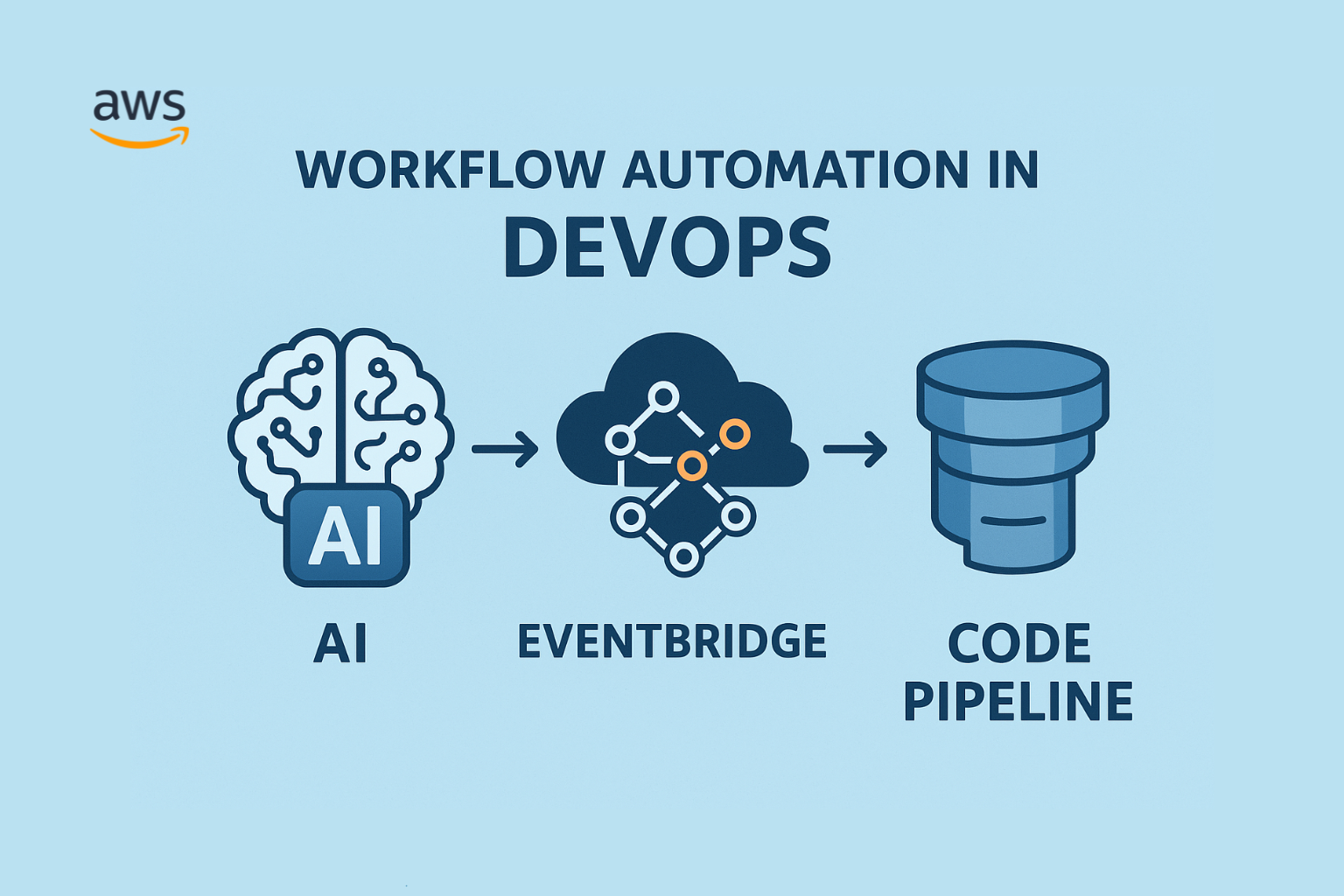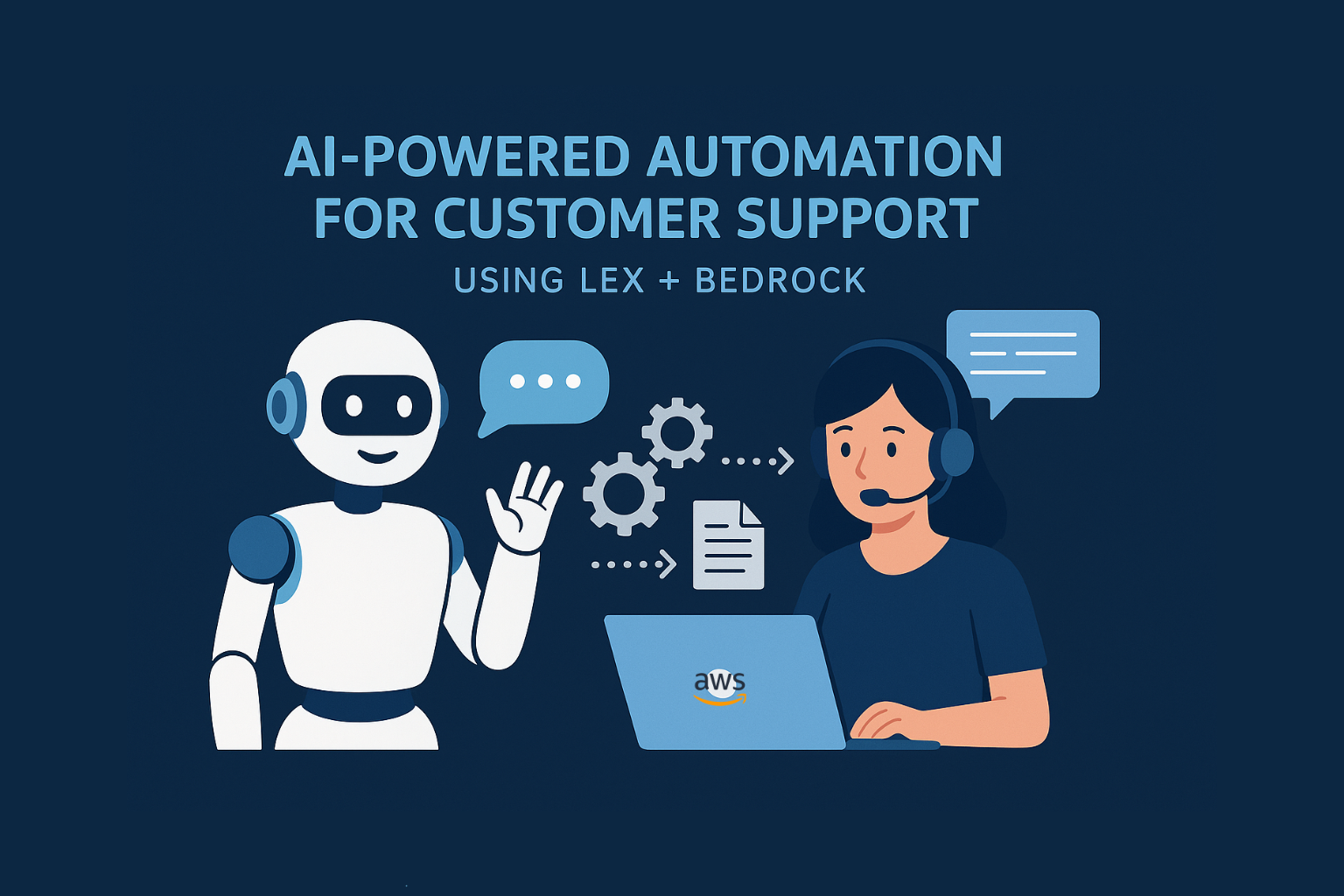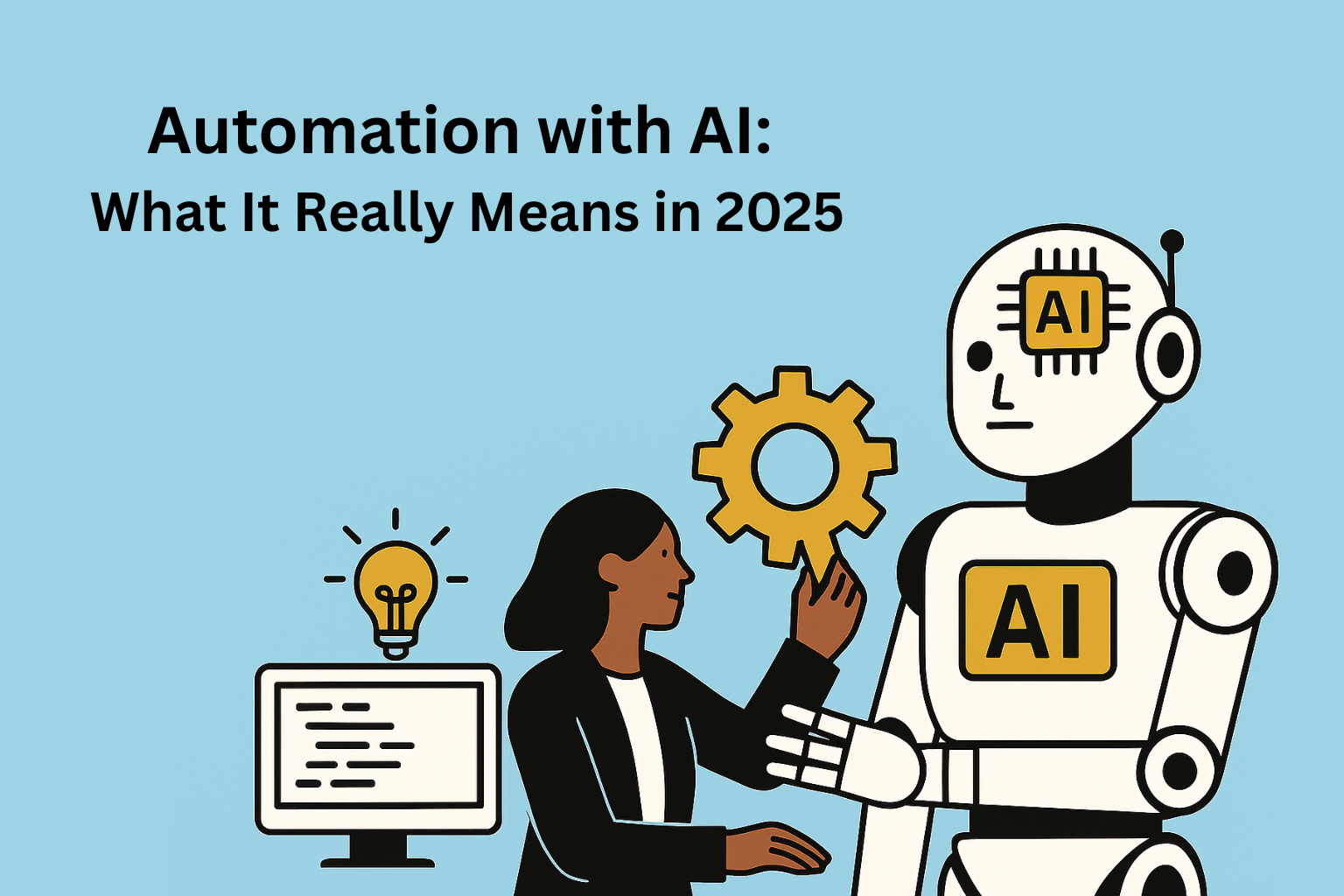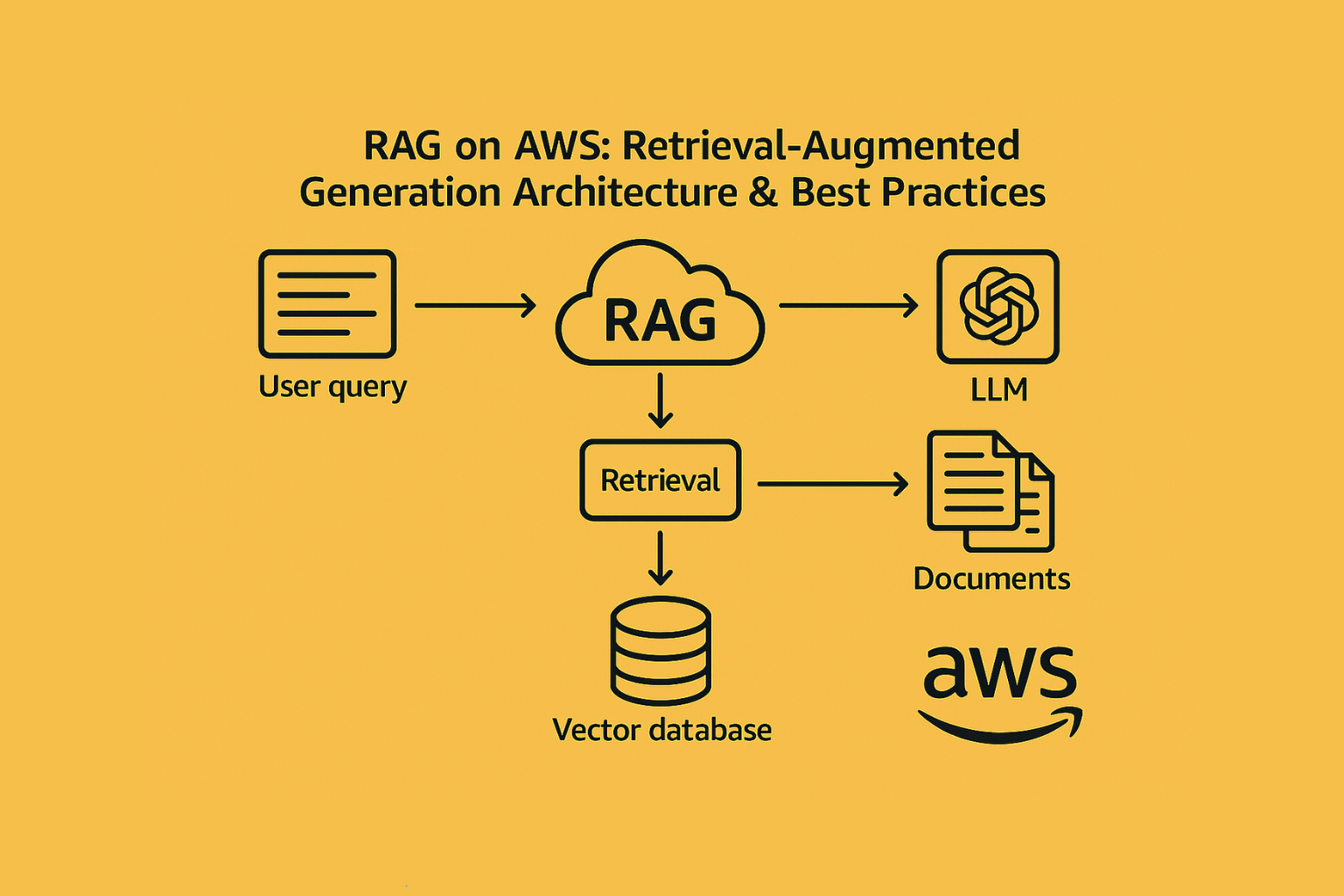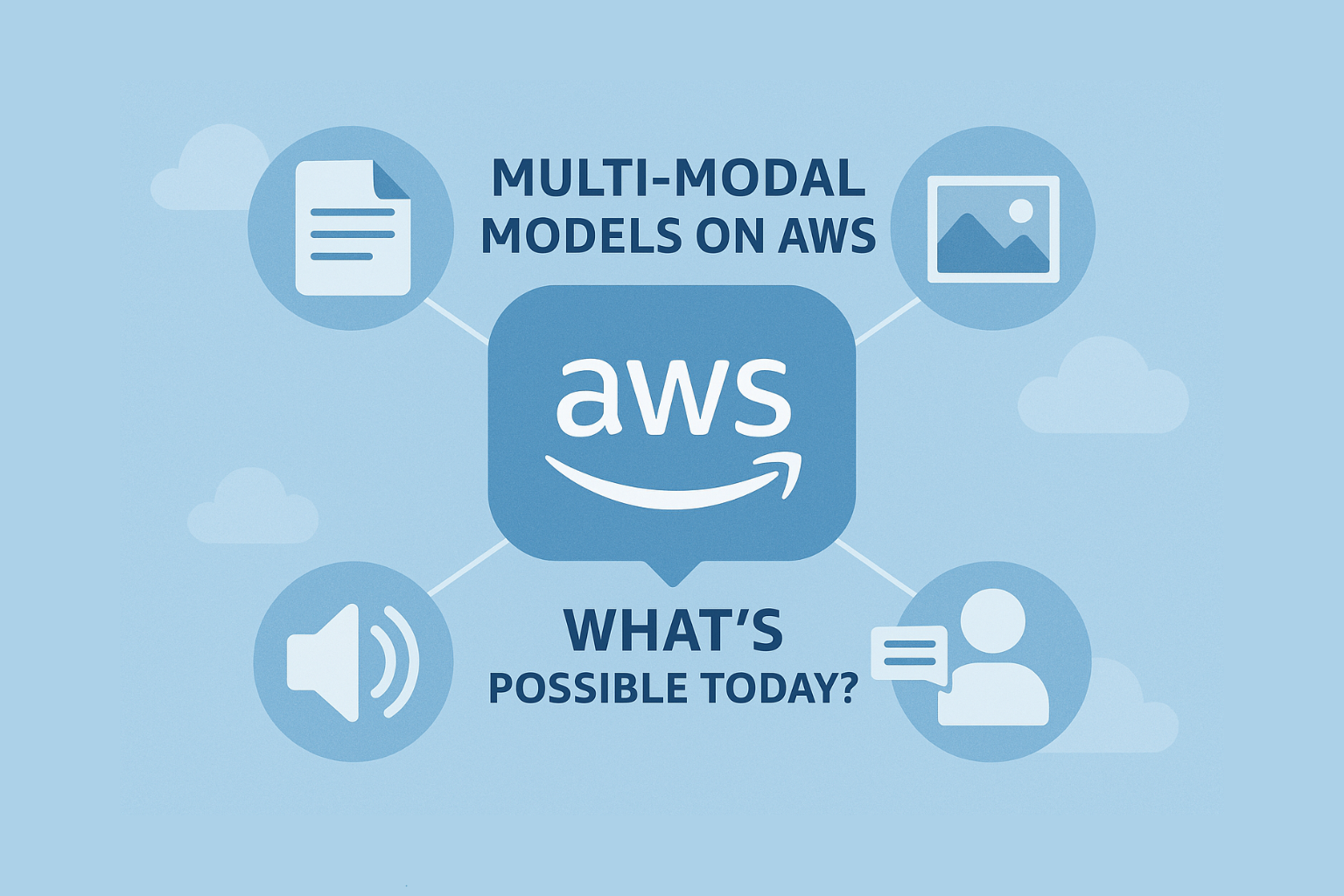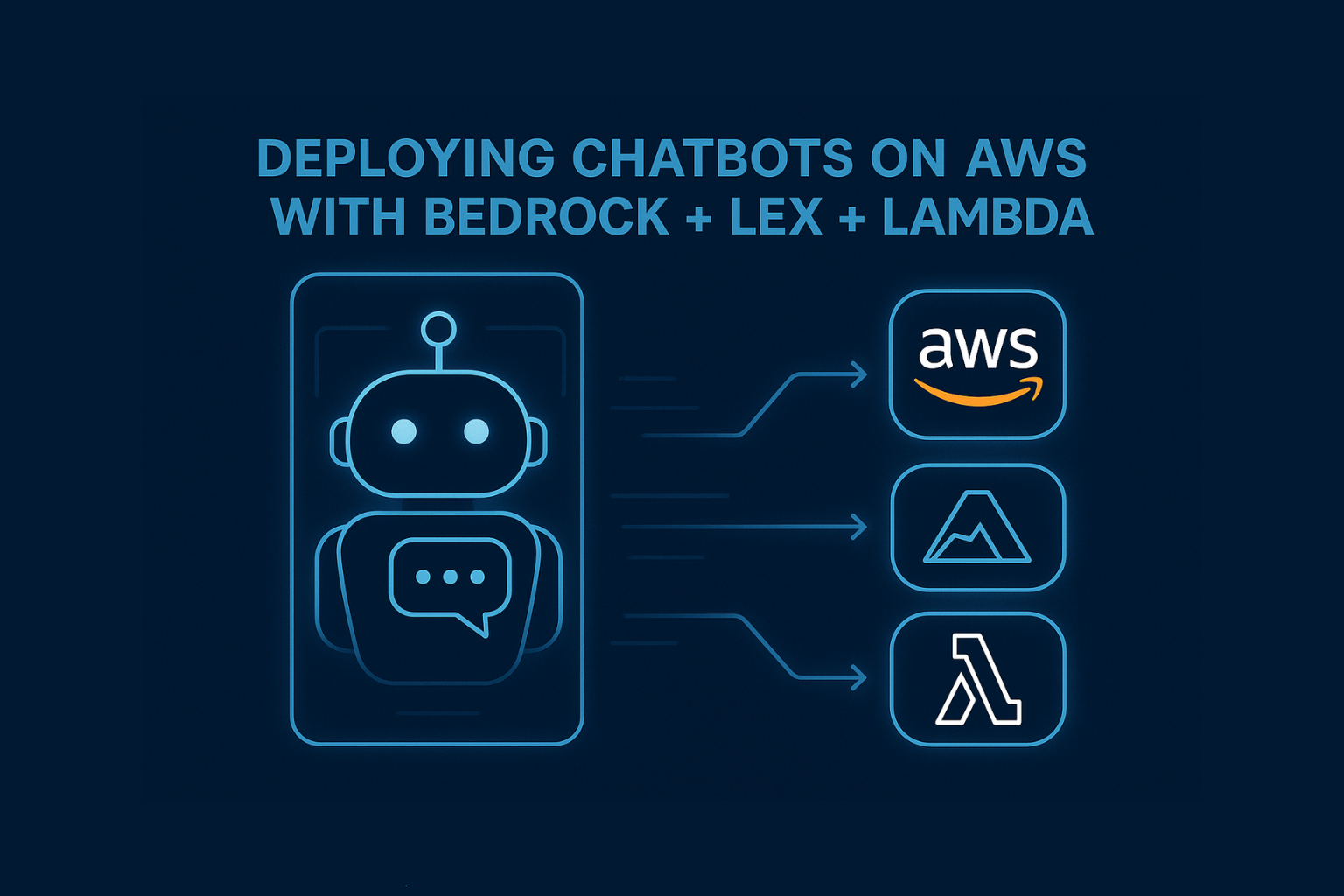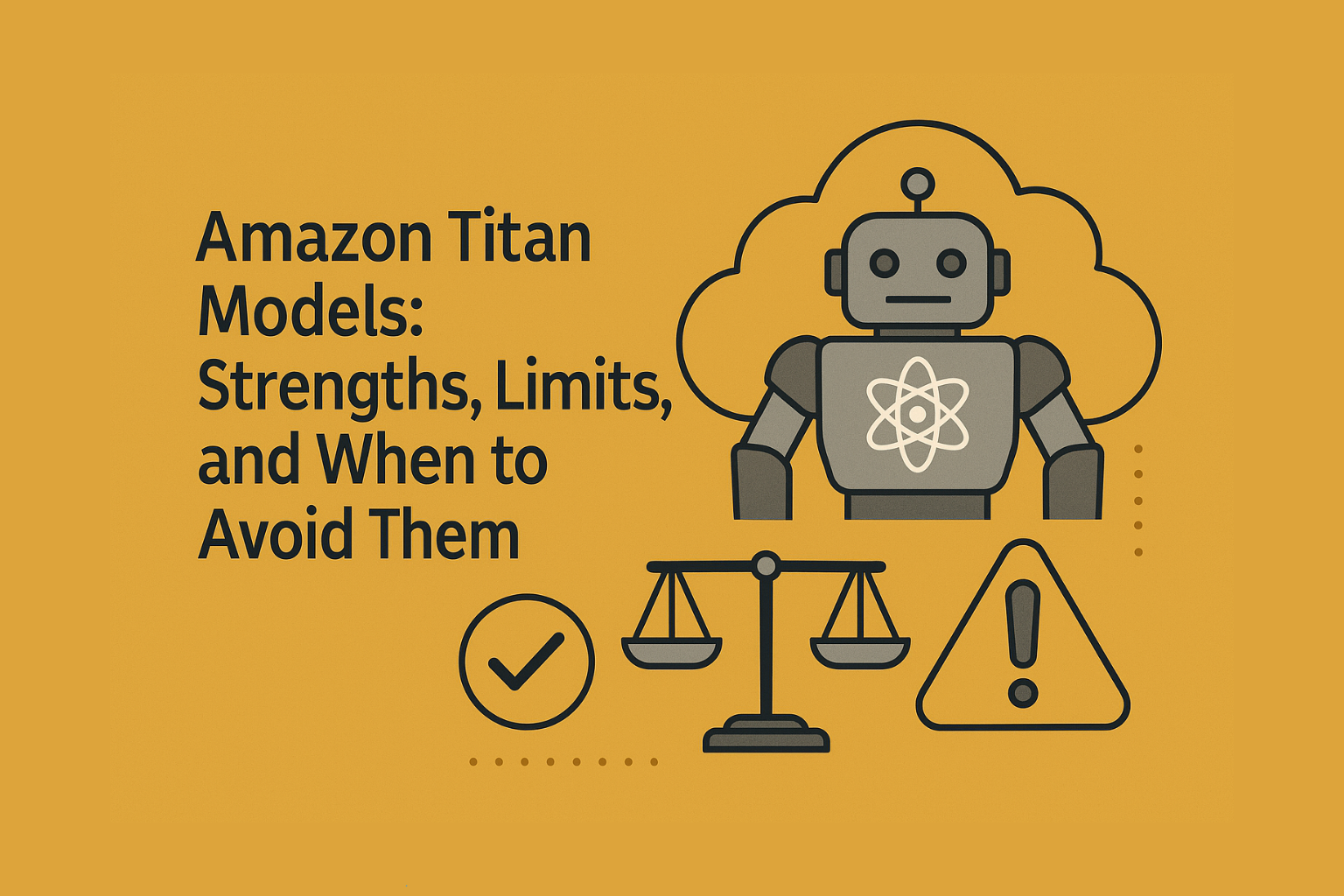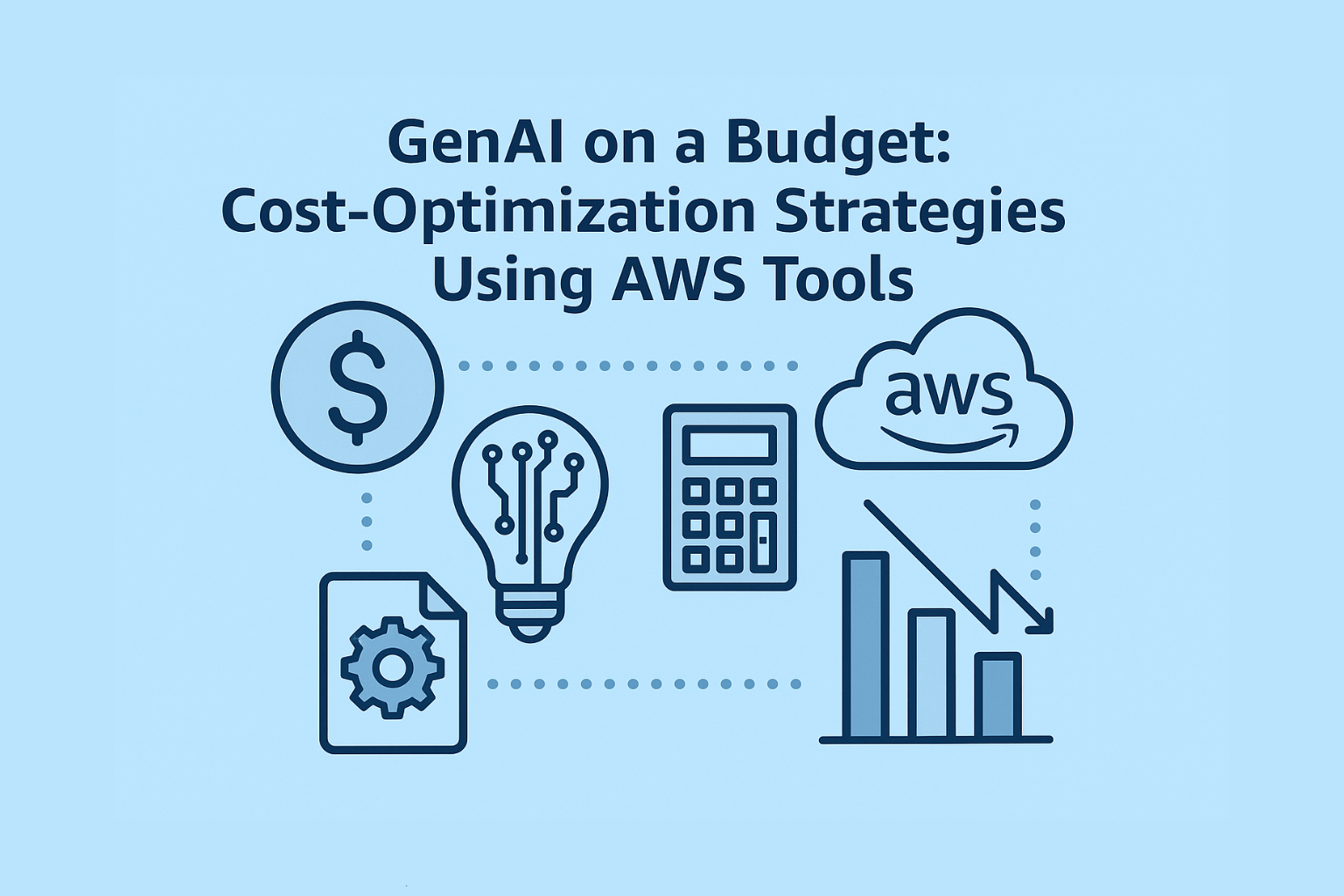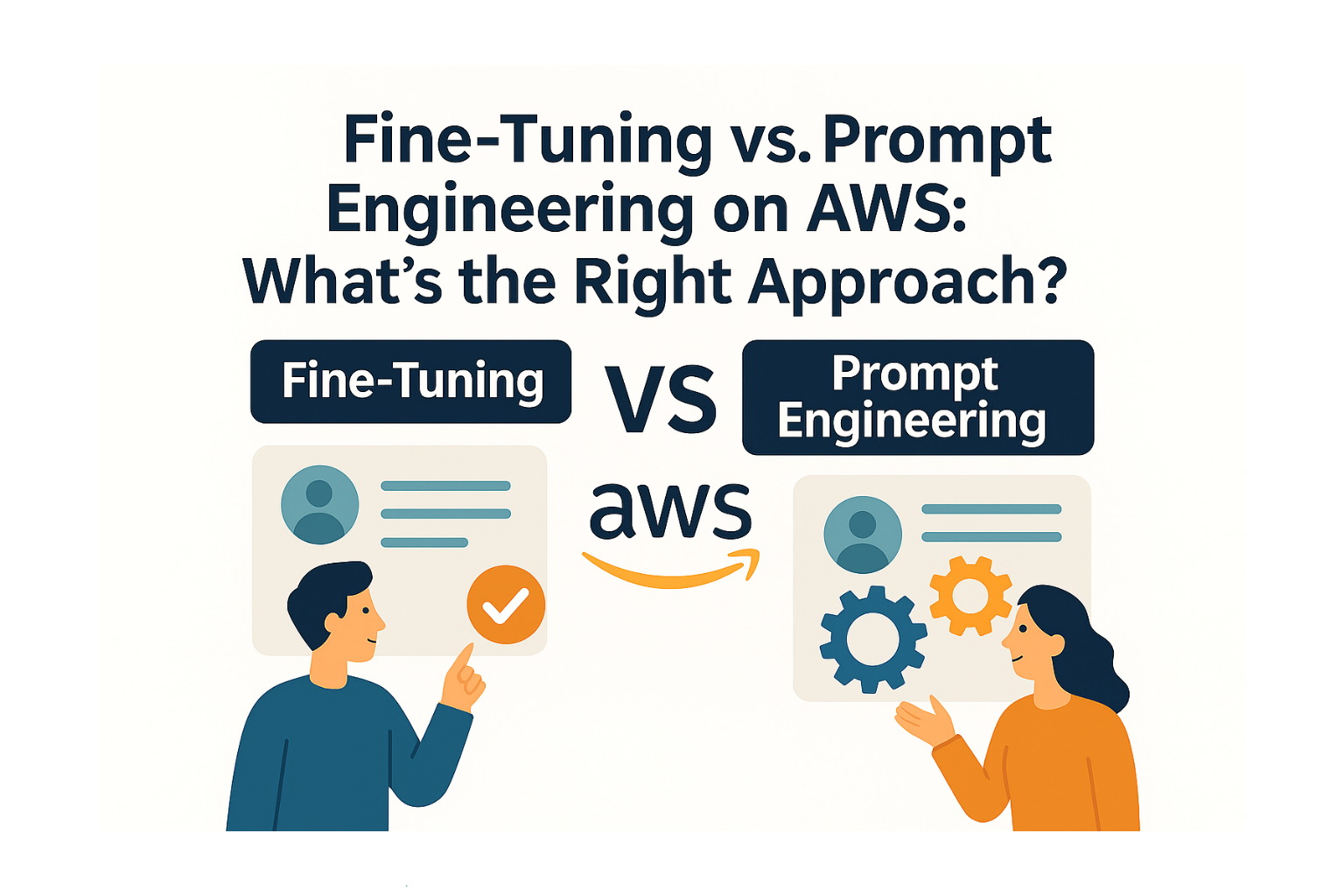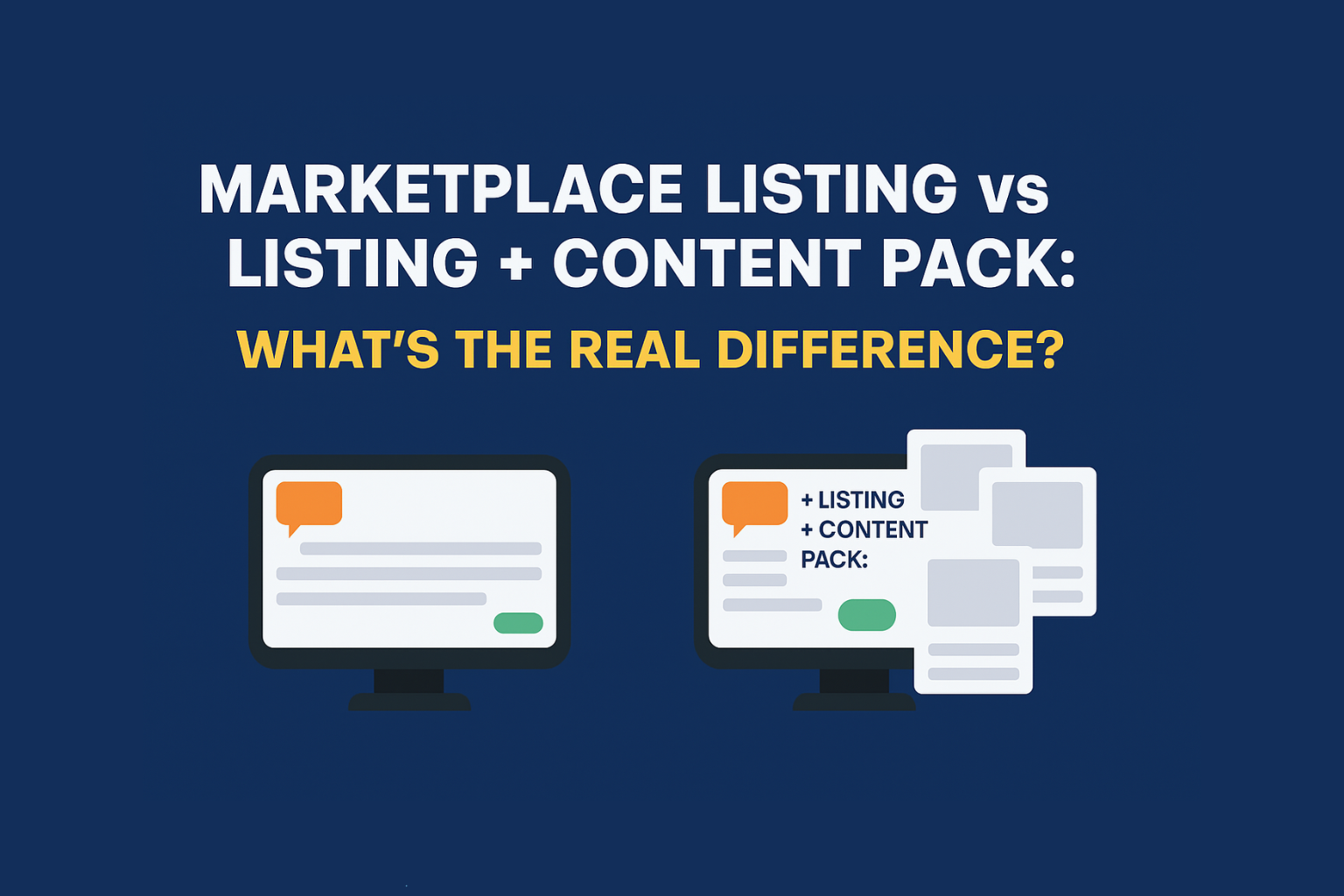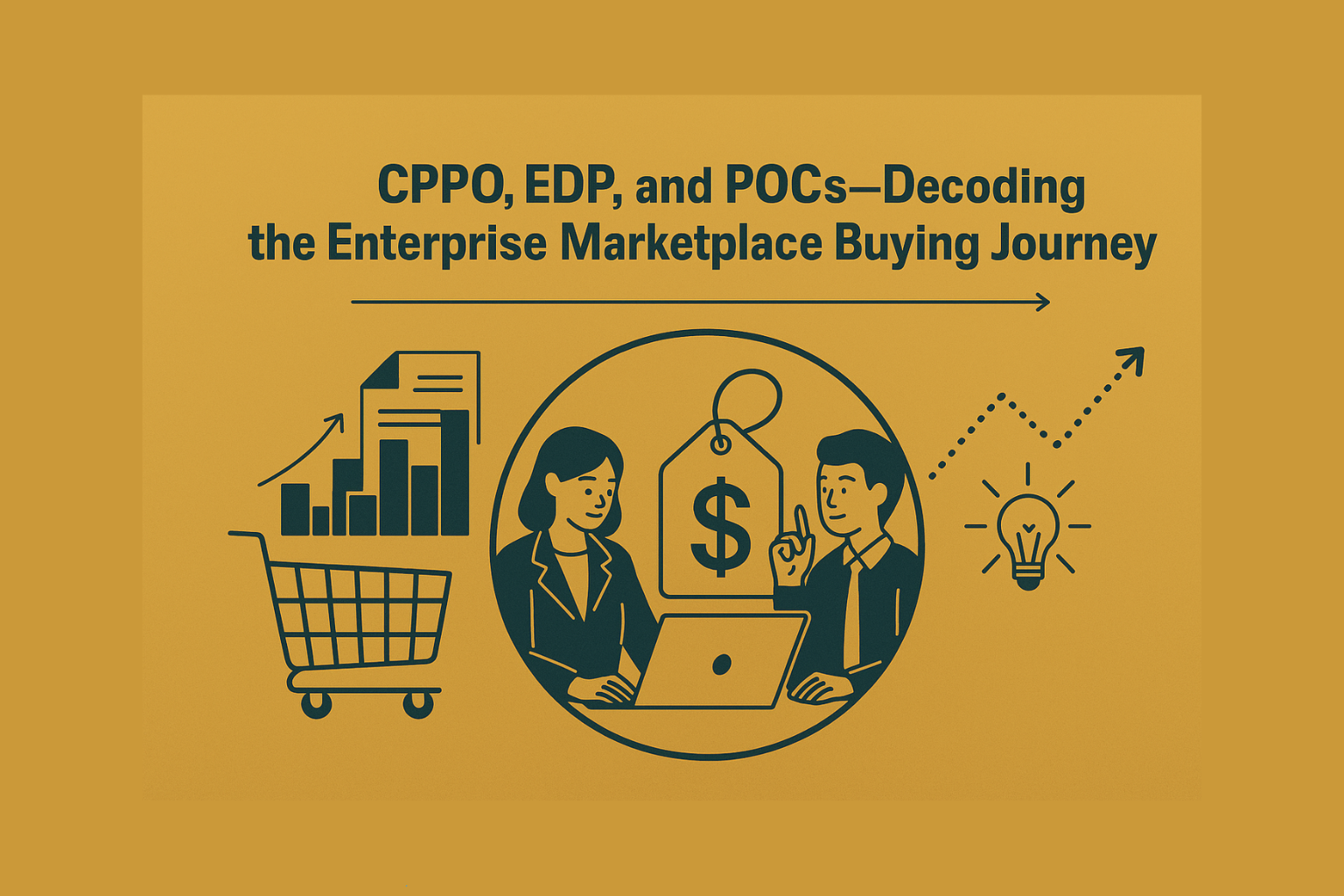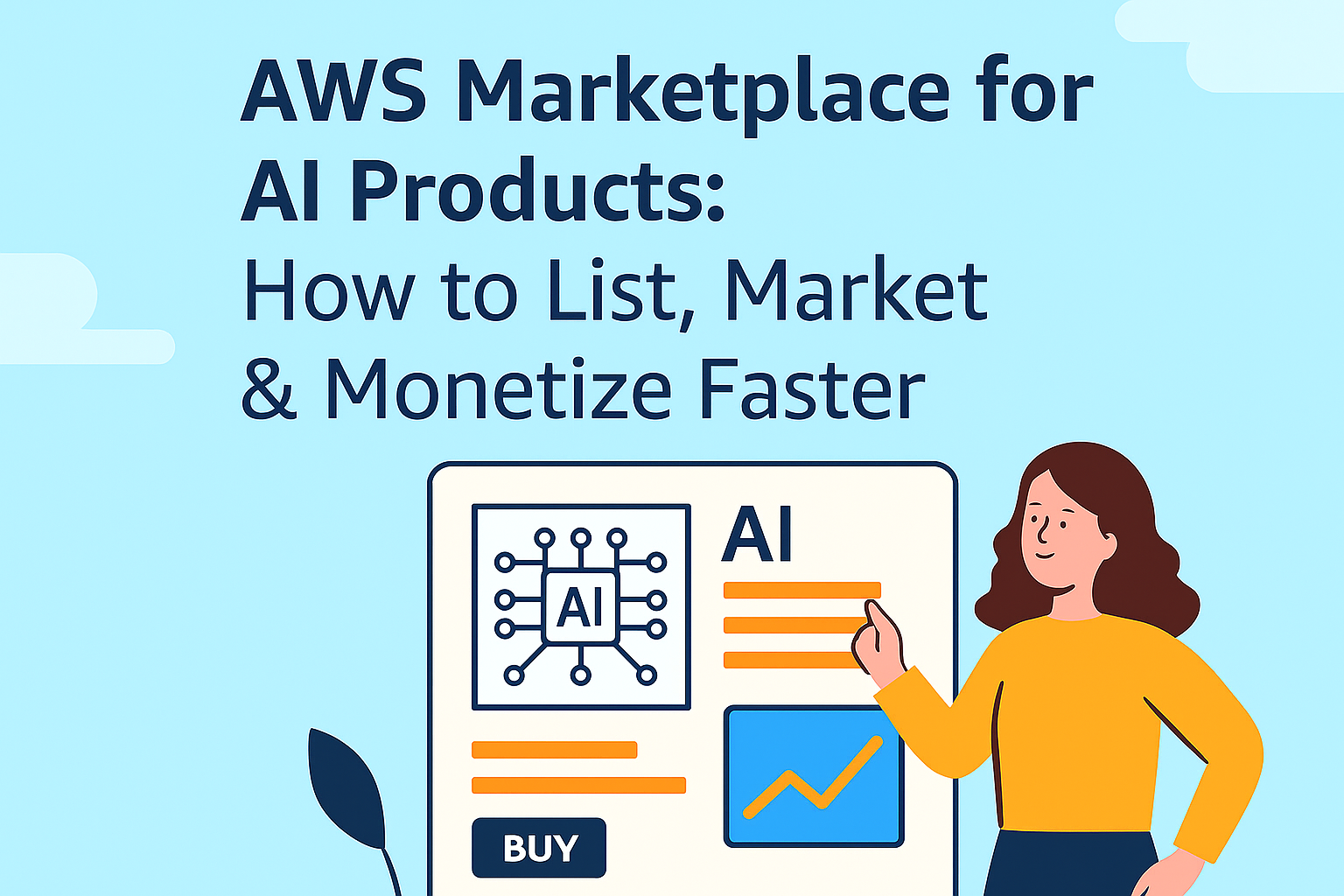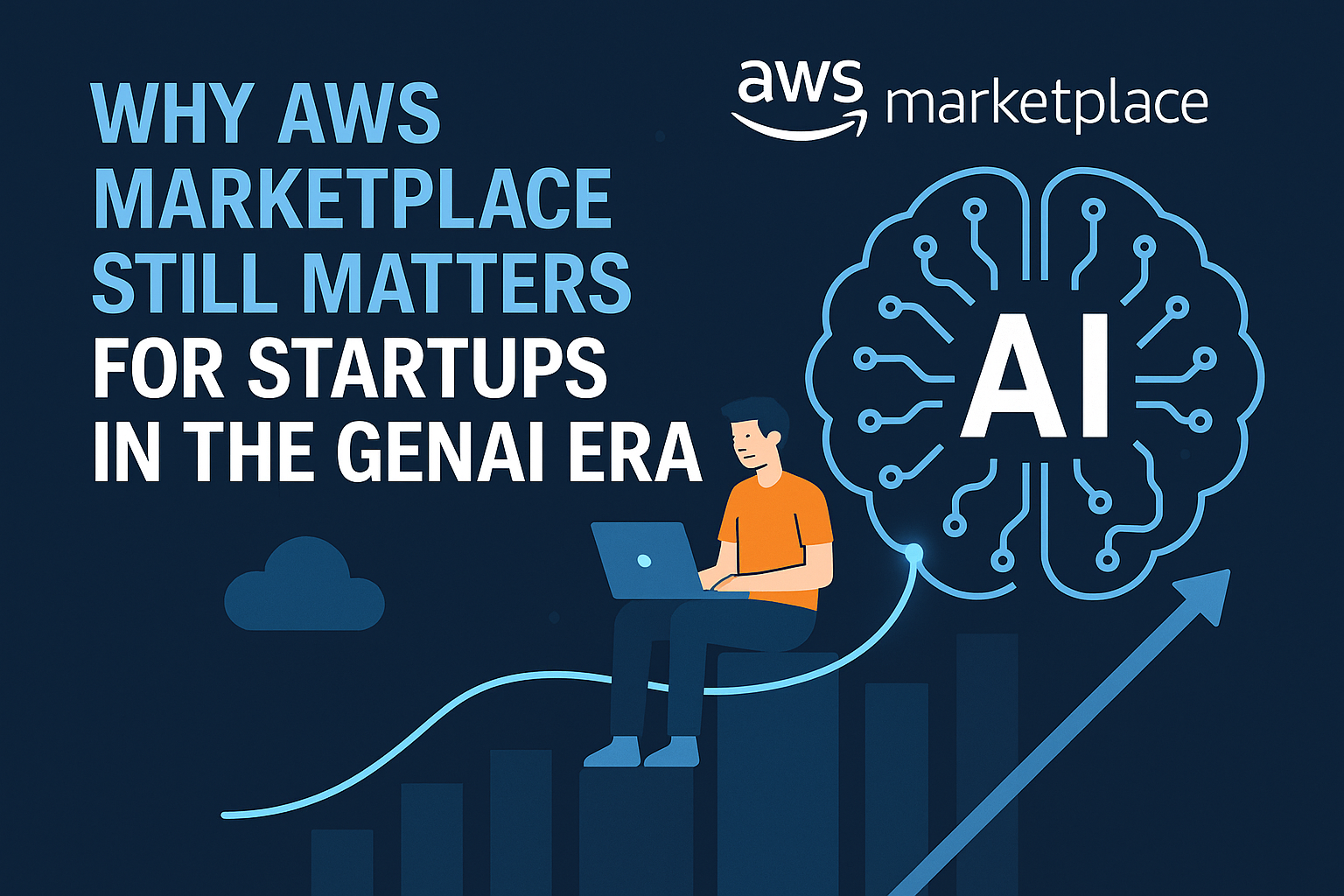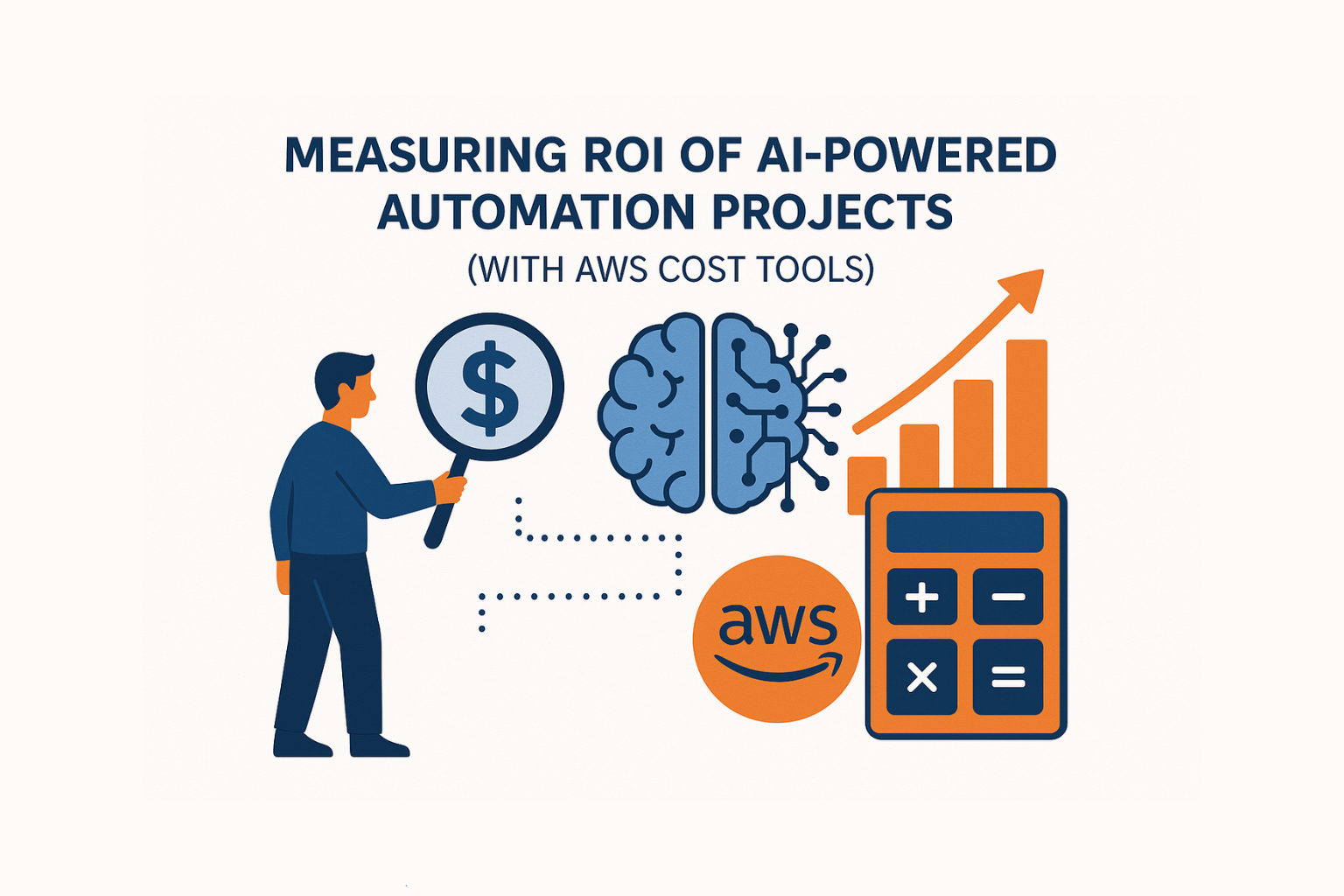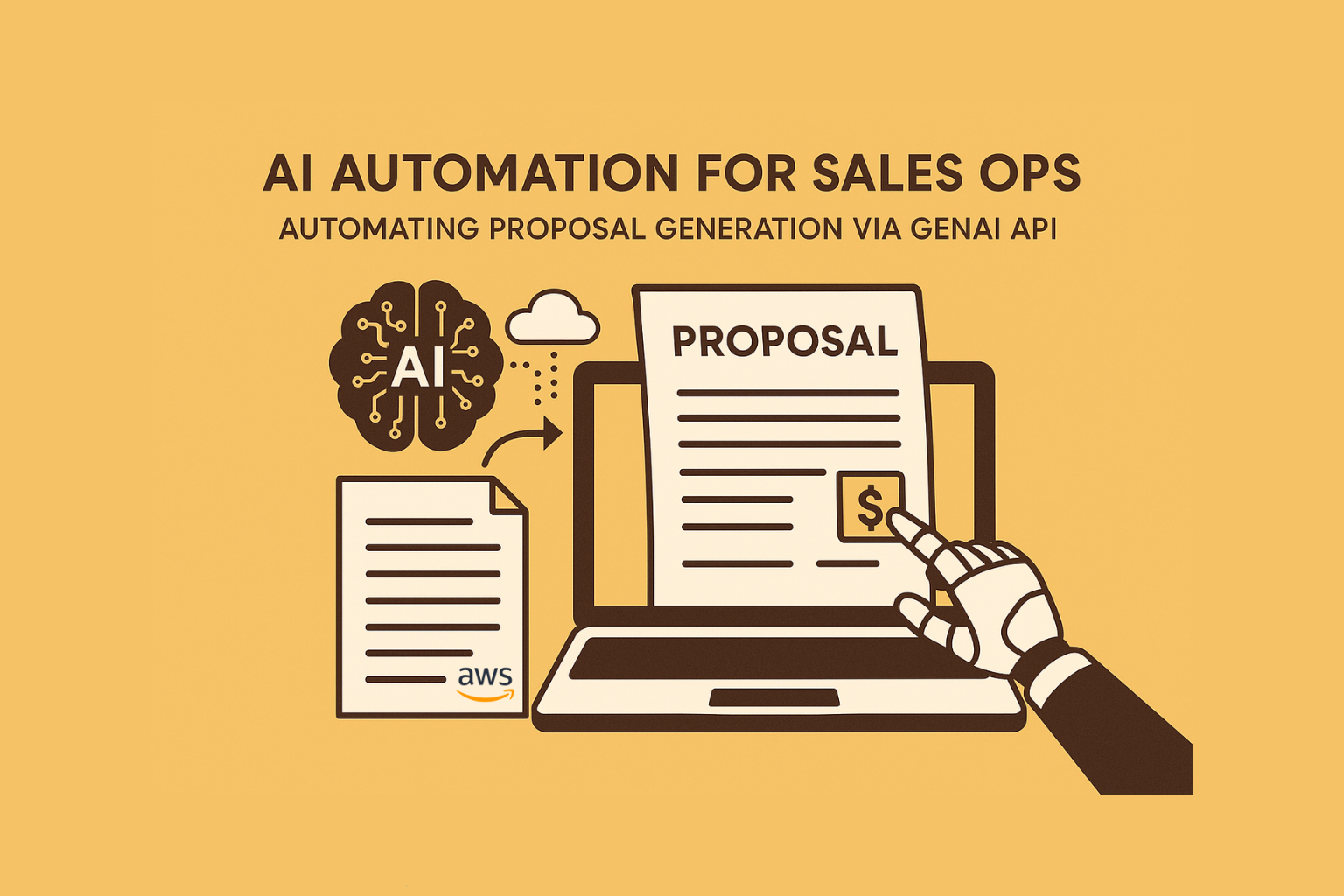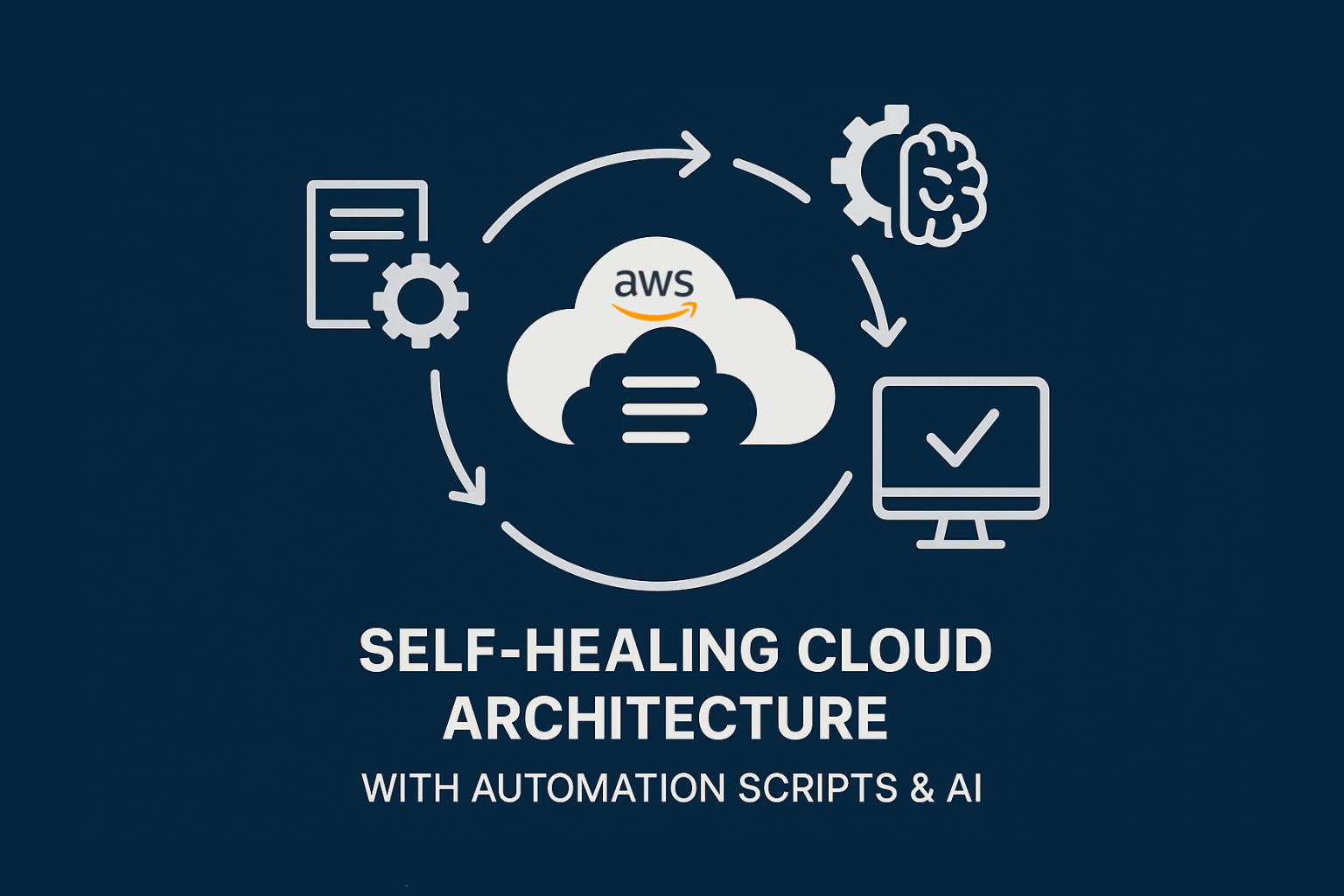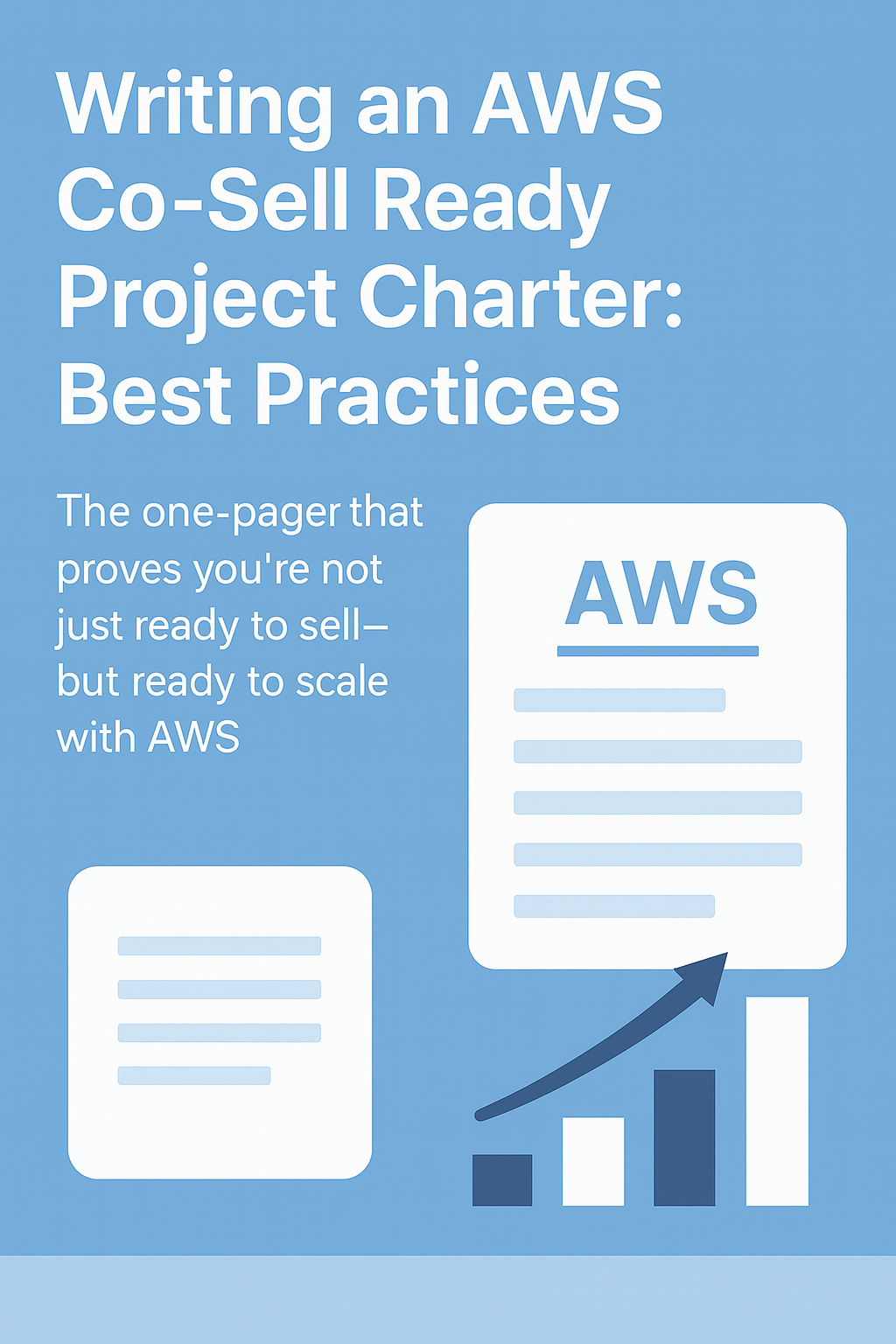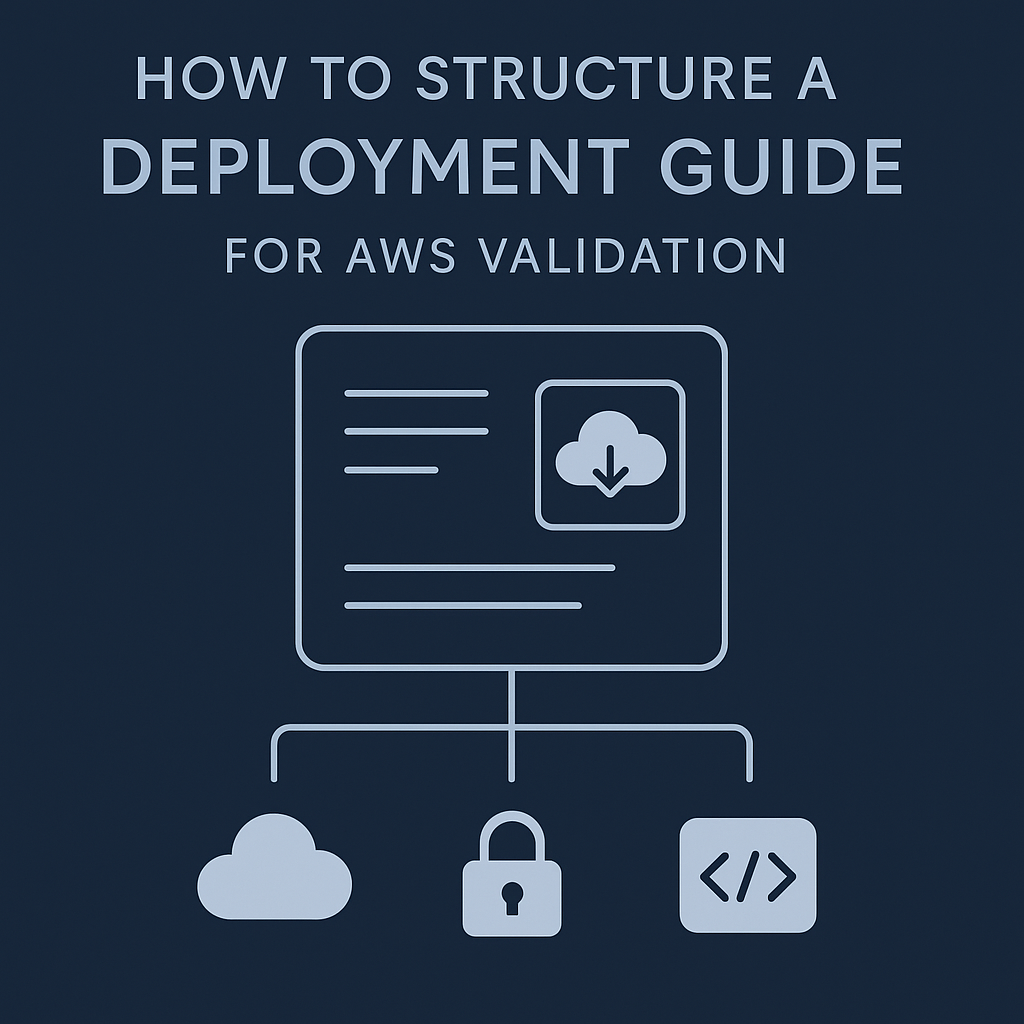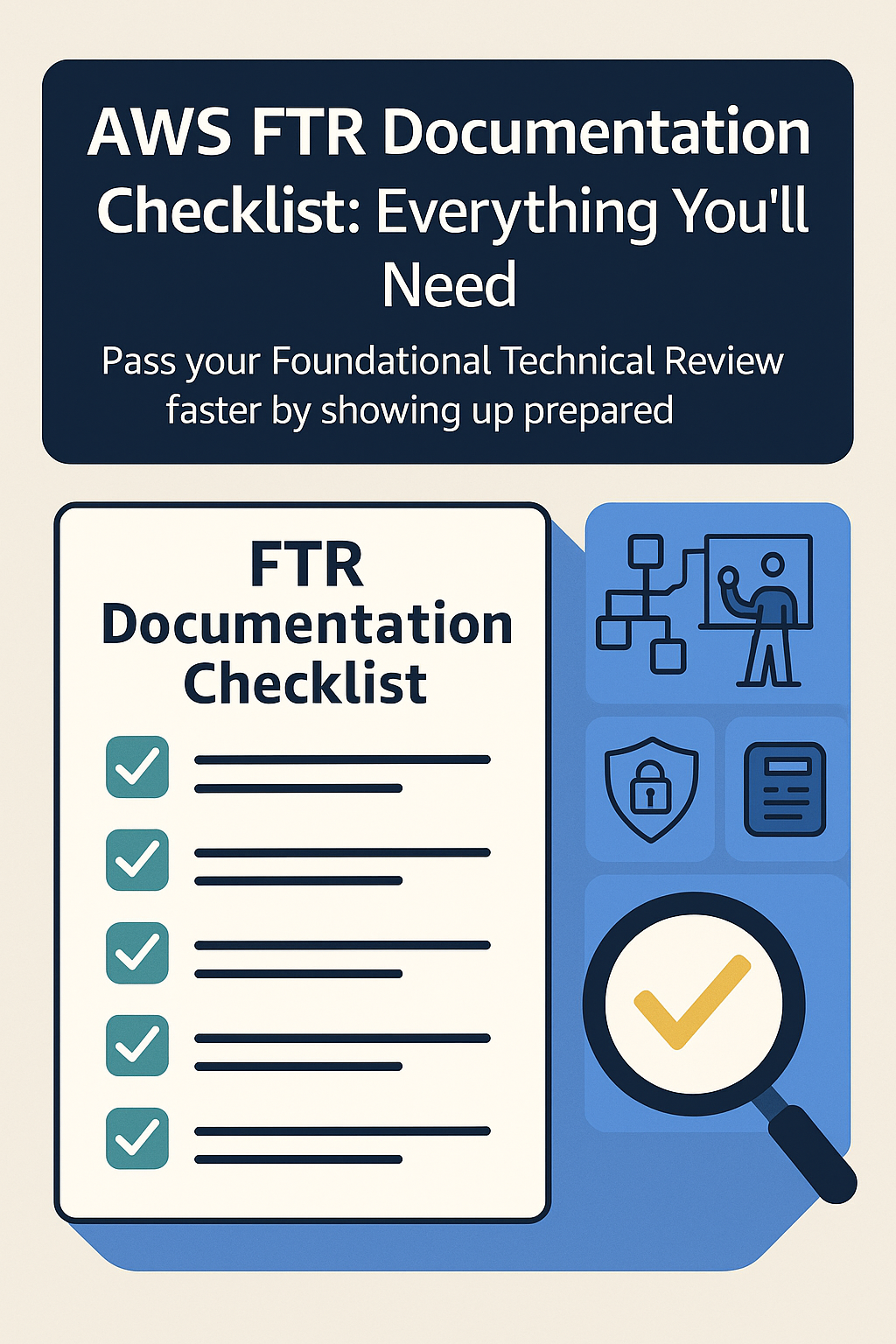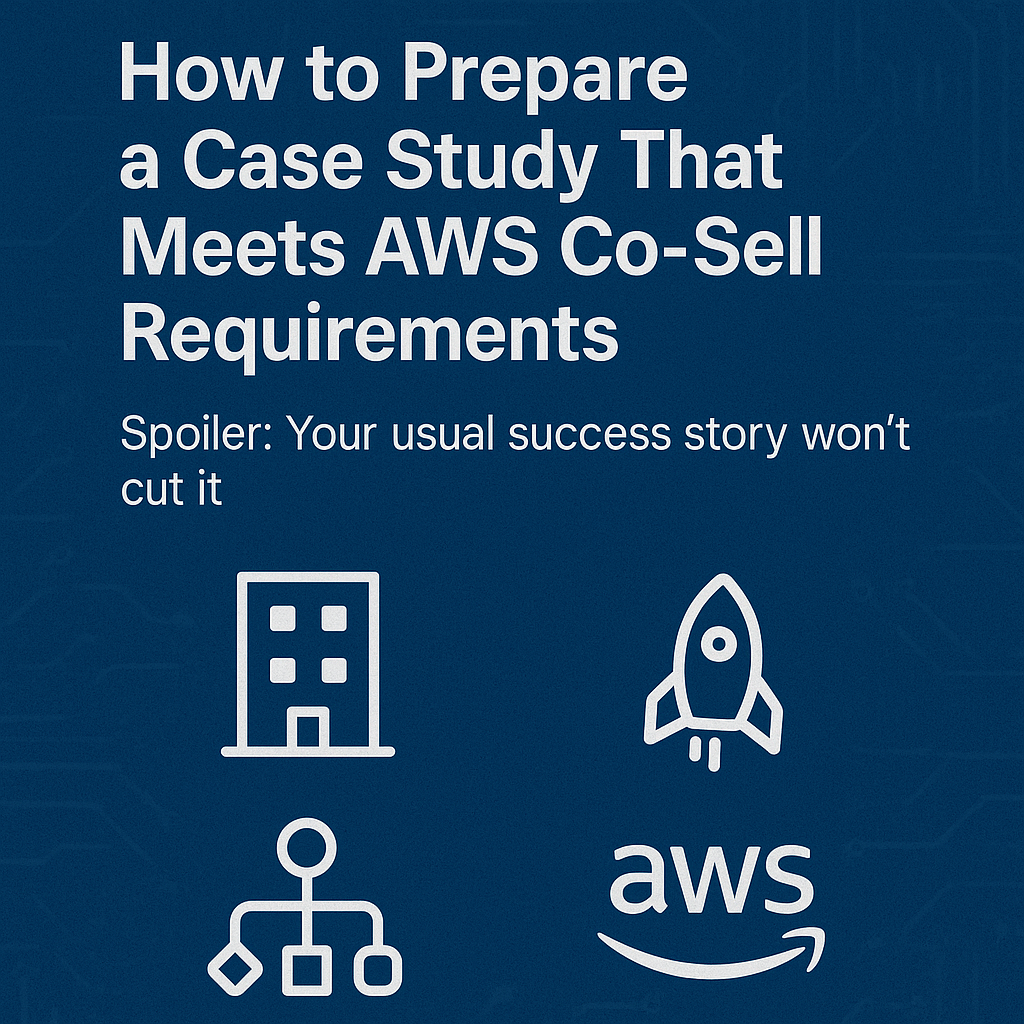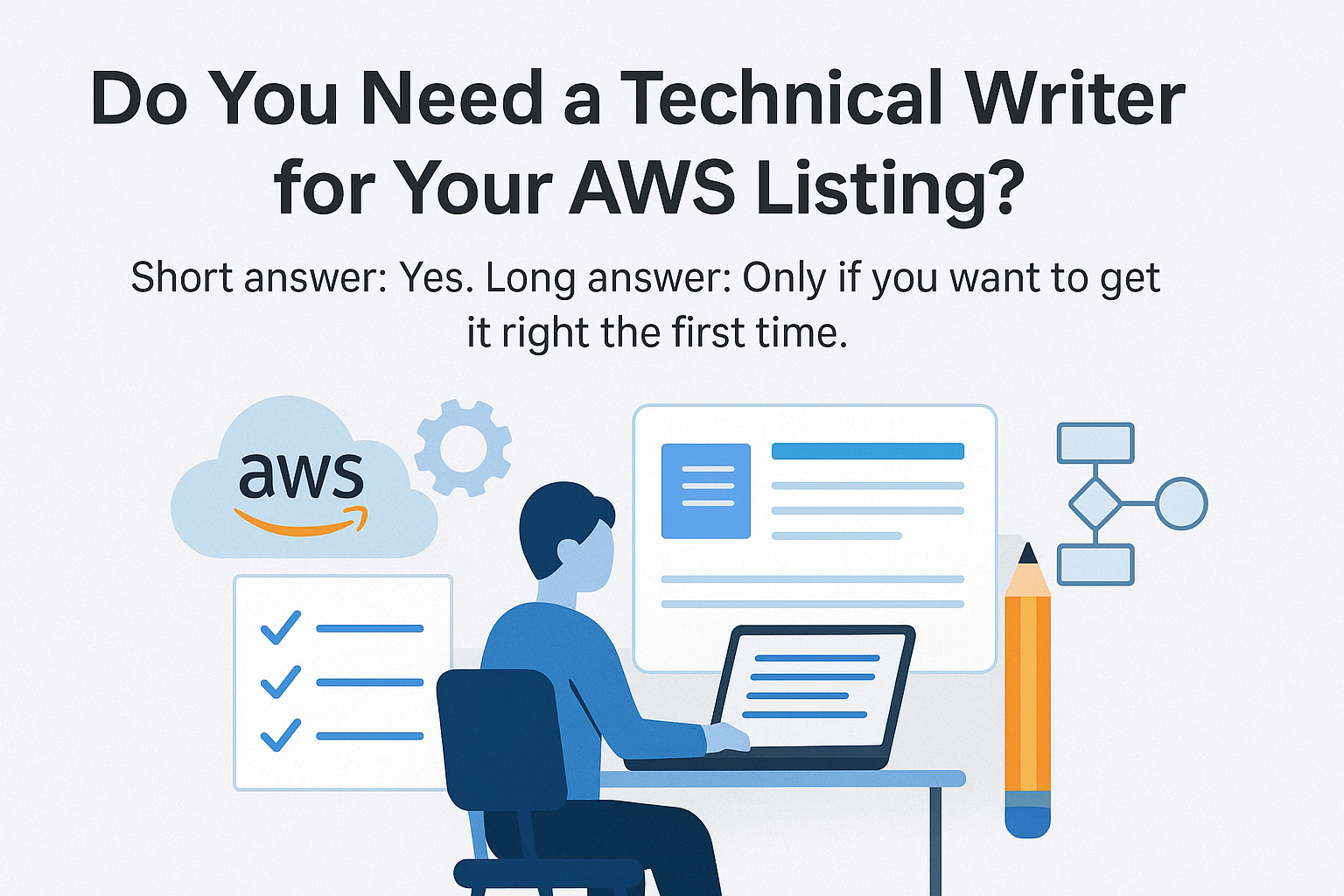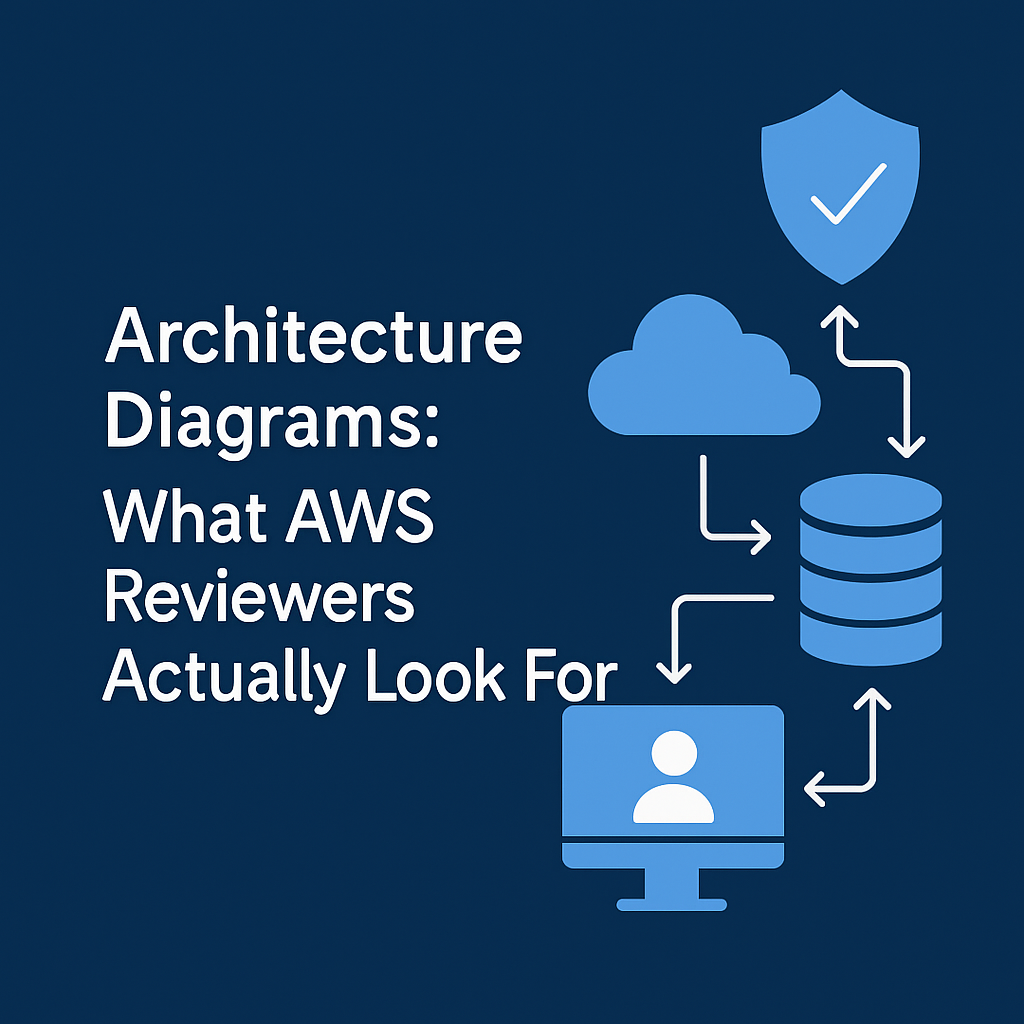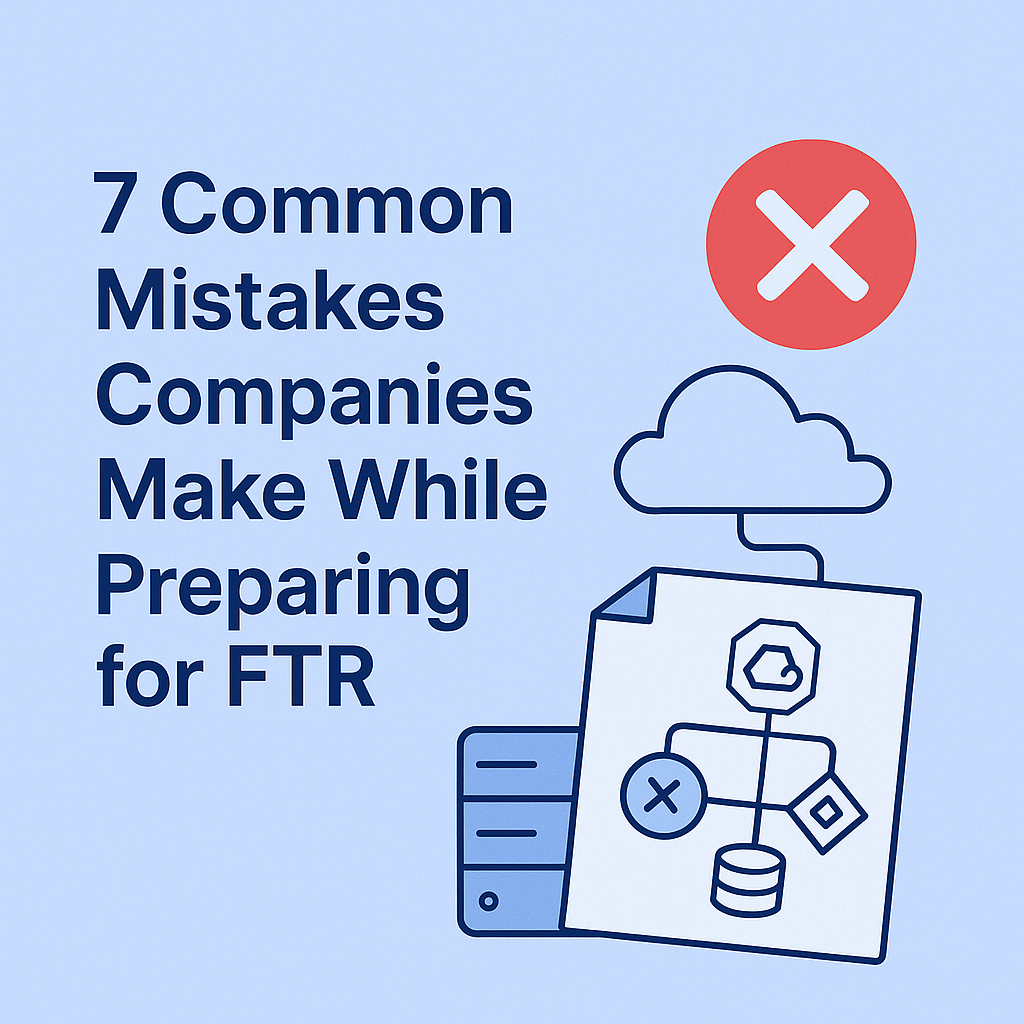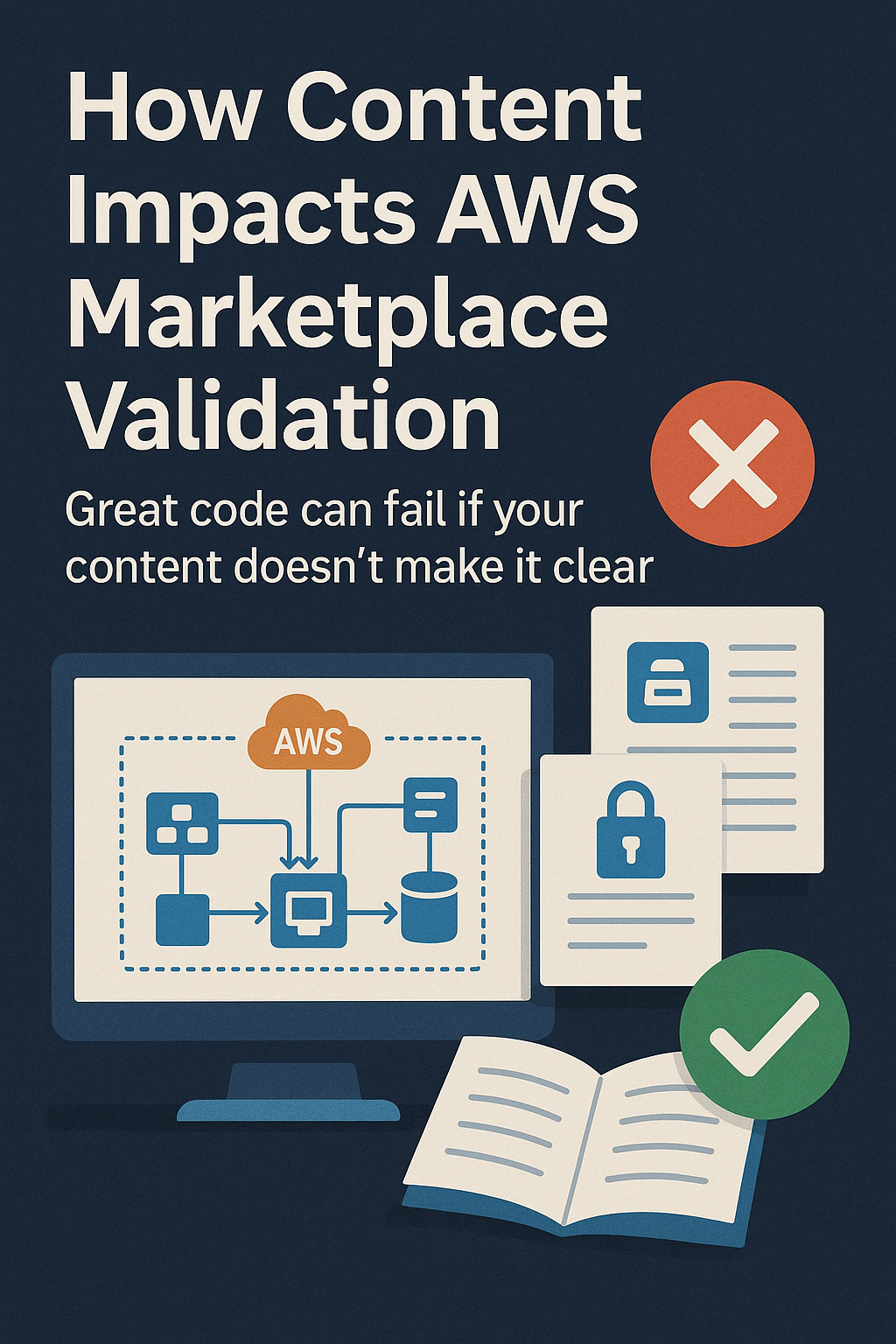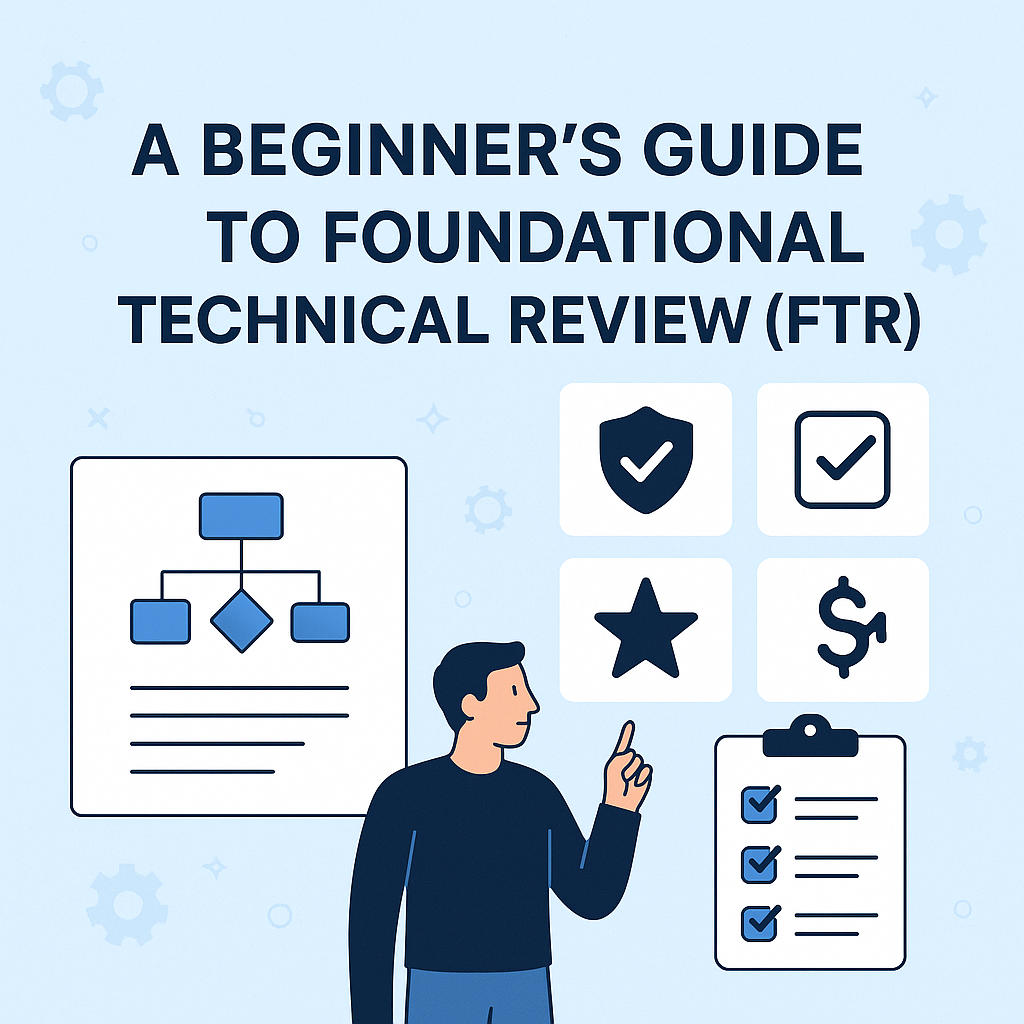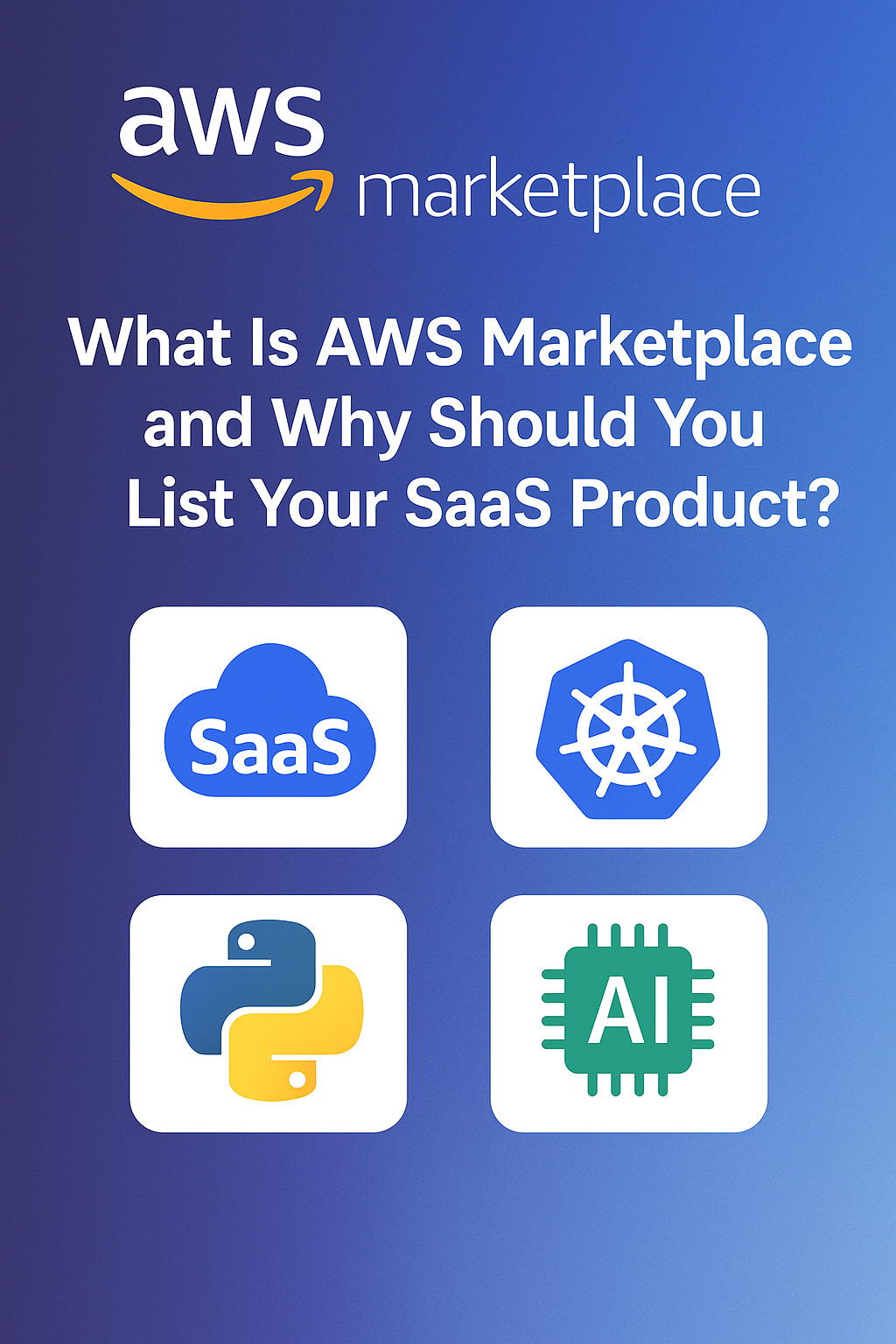Introduction
When building GenAI applications on AWS, two services usually lead the conversation: Amazon Bedrock and Amazon SageMaker.
But which one should you choose?
It depends not on which is more powerful, but on your specific use case, skill set, and deployment goals.
Let’s break it down.
Quick Overview
| Service | Purpose |
|---|---|
| Amazon Bedrock | Serverless, fully managed access to foundation models (FM) via API |
| Amazon SageMaker | Full ML lifecycle platform for training, tuning, deploying, and hosting models, including GenAI |
When to Use Amazon Bedrock
The fastest way to prototype or deploy GenAI without managing infrastructure
Use Bedrock if you want to:
- Quickly integrate foundation models (Claude, Titan, Jurassic-2, etc.) into your app
- Avoid managing any compute infrastructure
- Use APIs to send prompts and retrieve results
- Build with security/compliance guardrails and no data leakage
Example Use Cases:
- Chatbots and assistants
- Content summarization
- Translation and rewriting
- Simple RAG apps using Bedrock + OpenSearch
Pros:
- No ML expertise needed
- Serverless & scalable
- Supports API-based multi-model access
- Compliant with enterprise-grade security (PrivateLink, VPCs, encryption)
Cons:
- No access to model weights
- Limited customization (prompt tuning only)
When to Use Amazon SageMaker
Best for teams needing full control, training, or fine-tuning custom LLMs
Use SageMaker if you want to:
- Fine-tune open-source models (e.g., Falcon, LLaMA 2, Mistral)
- Host proprietary models for inference
- Customize embeddings or tokenizers
- Handle ML pipelines across training → tuning → hosting
Example Use Cases:
- Domain-specific model training (legal, medical, finance)
- Pretraining/fine-tuning using your private data
- BYOM (Bring Your Own Model) to AWS
- GPU-optimized multi-stage LLM inference
Pros:
- Full control of training and inference
- Supports multi-node distributed training
- Fine-tuning, quantization, optimization
- Ideal for research, IP-sensitive workloads
Cons:
- Requires ML + DevOps skillset
- Higher cost & complexity
- Not plug-and-play like Bedrock
Which to Choose Based on Your Stage
| You Are | Go With |
|---|---|
| Startup building a GenAI MVP | Amazon Bedrock |
| Mid-stage company fine-tuning LLMs | Amazon SageMaker |
| Enterprise automating internal workflows | Amazon Bedrock |
| Research team or AI-first product | Amazon SageMaker |
| SaaS platform integrating GPT-style models via API | Amazon Bedrock |
Bonus: You Can Combine Both
Example:
Use Bedrock for front-end API inference → capture usage patterns → fine-tune a model in SageMaker later using logs → move to your own hosted endpoint.
Conclusion
- You don’t need to pick just one.
- Use Amazon Bedrock when speed, scale, and simplicity matter.
- Use Amazon SageMaker when control, customization, and training depth matter.
The real GenAI edge?
Choosing the right tool for the stage you’re in, not the one that sounds cooler.
